Waxing 101: What’s the Difference Between Soft Wax and Hard Wax?

Whether you’re just starting out in your waxing career, or just want to expand your product knowledge, knowing the difference between soft wax and hard wax is essential to giving clients their best results.
As you know, different wax formulas serve a variety of purposes, and in the end, you’ll want to be able to meet any need that regular or walk-in clients alike might have. Knowing the ins and outs of which wax formulas will work best for each skin, hair, and service type, will let you cover these needs while continually mastering new waxing products.
In this article, we explore whether hard wax or soft wax will be the best for you and your clients’ services. We’ll discuss each of the wax type’s characteristics and which service types they work best on, as well as the difference between hard and soft wax hair removal.
Table of Contents
- Why You Should Know the Difference Between Hard and Soft Wax
- Hard Wax vs. Soft Wax at a Glance
- What is Hard Wax?
- How to Wax with Hard Wax
- What is Soft Wax?
- How to Wax with Soft Wax
- Hard Wax vs. Soft Wax for Services
- Final Thoughts
Why You Should Know the Difference Between Hard and Soft Wax

It seems like it may be easier to keep one wax type brewing for every service—and you’d be right. It is easier to use a one-wax-type-fits-all approach and call it a day, but it doesn’t give you a leg up on the client experience, nor does it allow you to cater to all skin types.
Knowing the difference between soft wax and hard wax is just a small part of waxing, being an expert in both hard or soft wax offers the following benefits:
- The more you know about as many formulas as possible, the more it can position you as an ultimate wax authority.
- It provides your clients with a more tailor-made experience for their various needs.
- Mastering both wax types and different formulas helps you step out of your comfort zone to continually challenge yourself.
The best waxers know their wax formulas from the inside out, and know the best way to meet any skin type, hair type, or client request that comes into their salon. They know their melting points, consistencies, and every removal technique. Knowing the type of wax to use, the right temperature to use it at, and how to apply it at the right moment to create the perfect waxing session can meet each client’s specific needs.
Hard Wax vs. Soft Wax at a Glance

The most significant difference between hard wax and soft wax is that one method requires no wax strips, and the other does. Of course, that’s not all; here, we’ll give you an at-a-glance breakdown of hard wax vs. soft wax. But you can find your wax in a variety of formulas that best fit your style and technique on our page. Remember, there is a wax for that!
Stripless Hard Wax
- Often less painful than other waxing methods
- Less Mess
- Doesn’t stick to your skin
- Excellent at grabbing shorter hair
- Ideal for working in smaller sections and areas like underarms, and facial, Brazilian, and bikini waxing
- Can be applied twice on the same spot when necessary
- Can be applied thicker than soft wax
What is Hard Wax?
Stripless hard wax comes in its own subcategories of polymer film hard wax and non-polymer blends. A polymer blend is an elastic film wax is made with polymers that act as a buffer on the skin and comes in hard wax beads and tablets, while non-polymer is made without resins, has a quicker setting time, and comes in only tablet form. Both formulas are gentle on the skin and suitable for full body waxing.
As film hard wax formulas have advanced, they’ve surpassed soft wax in popularity because they are easier on the skin, and, unlike soft wax, they don’t need muslin or non-woven wax removal strips. Hard wax is named after its ability to harden over hair follicles without adhering to the skin as it cools for less painful waxing.





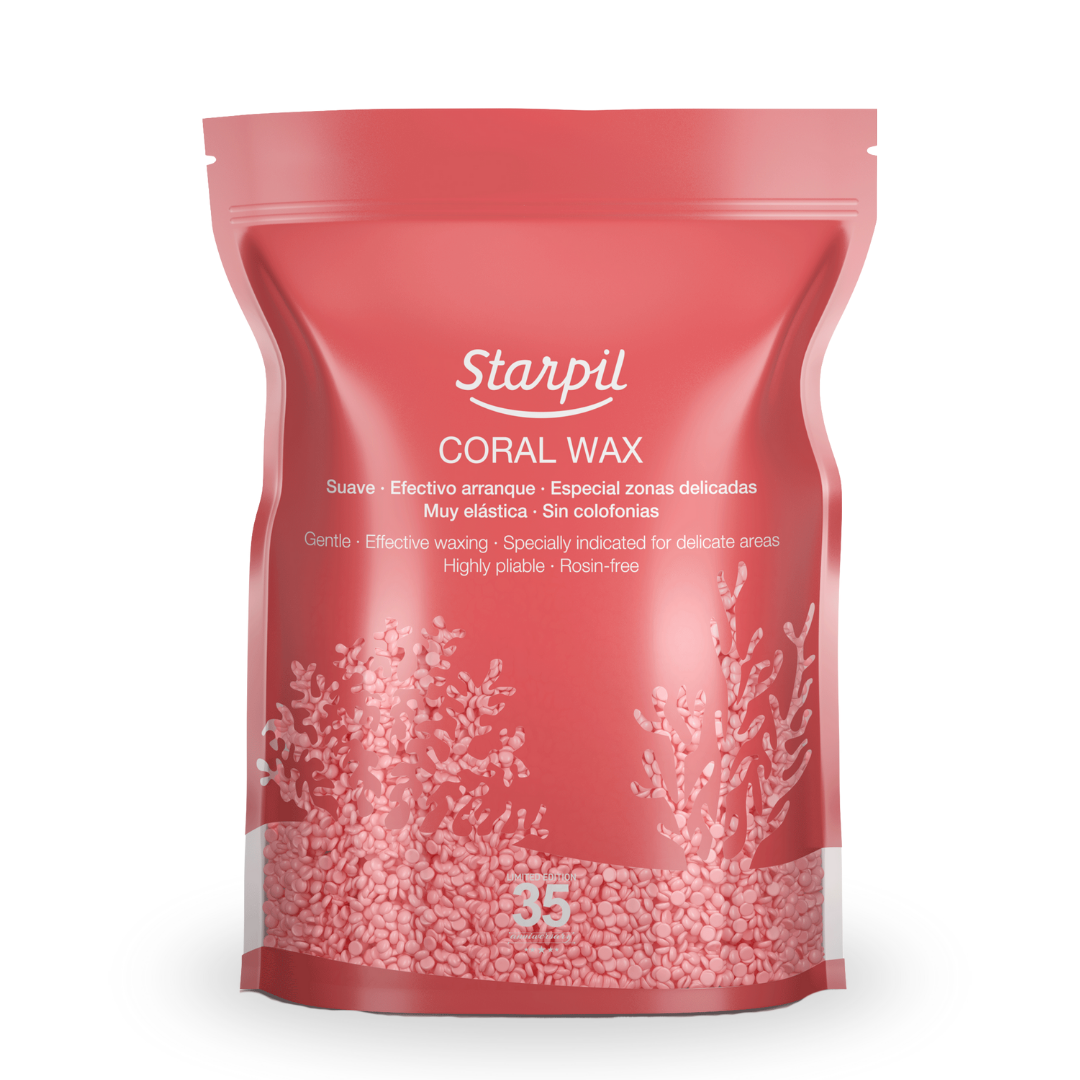
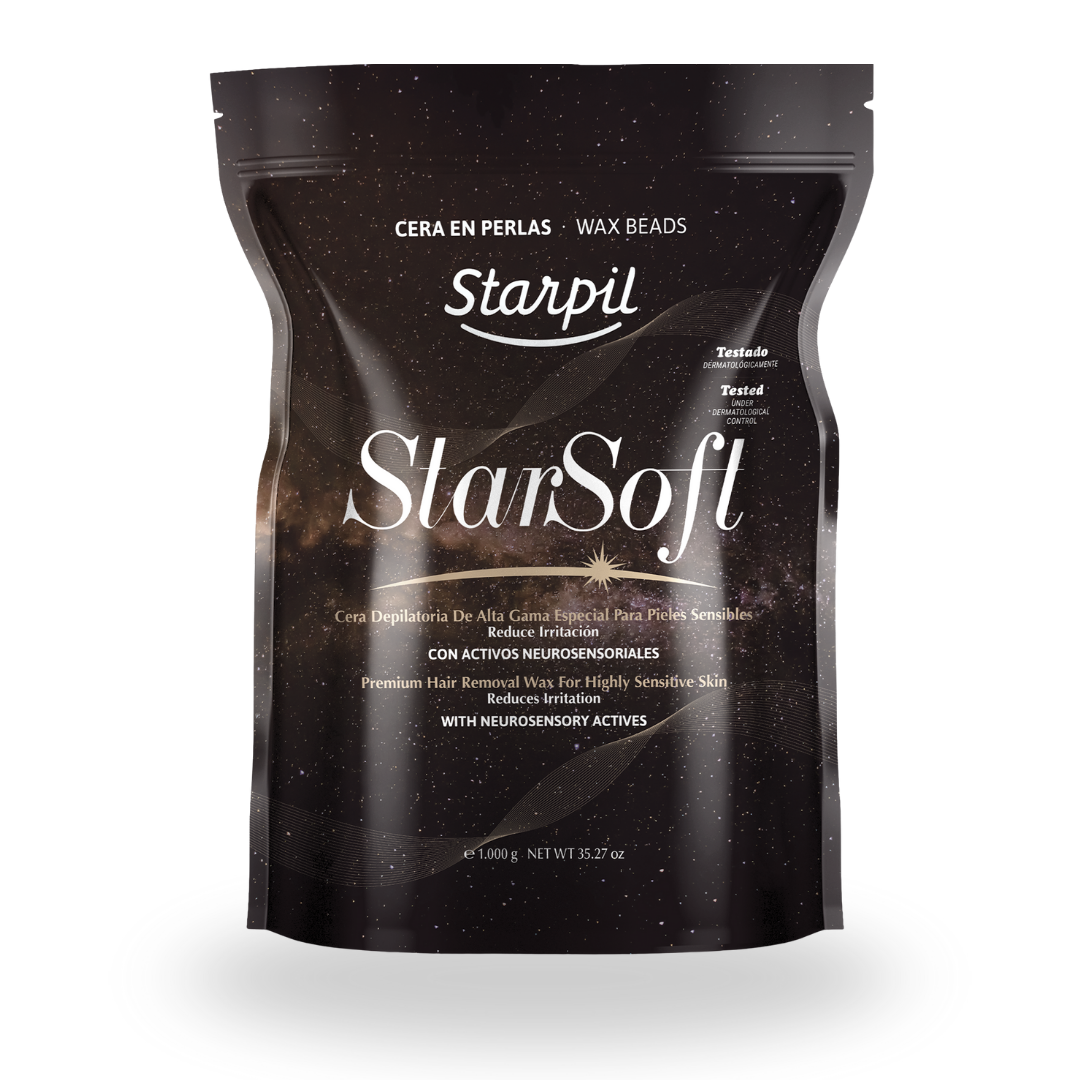
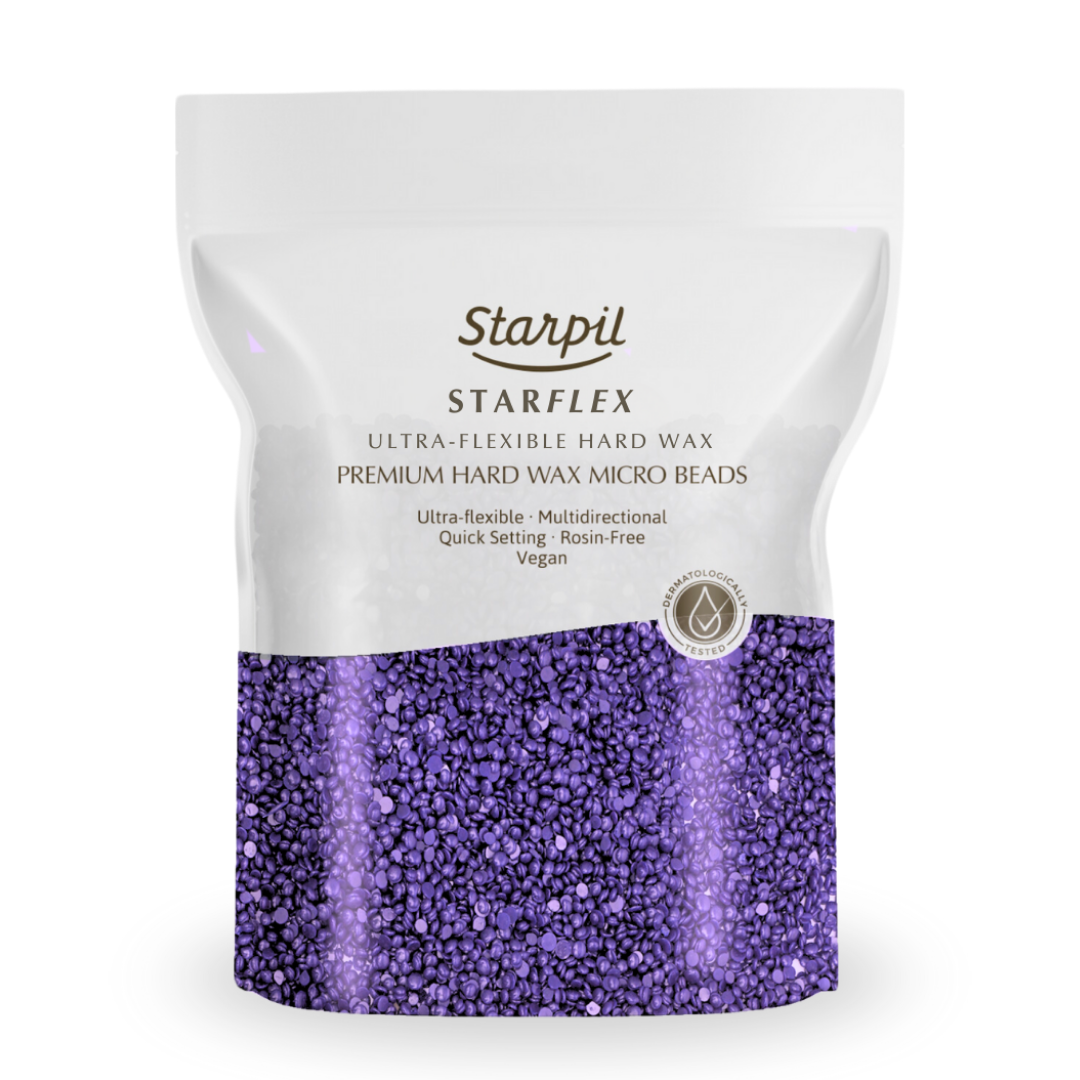
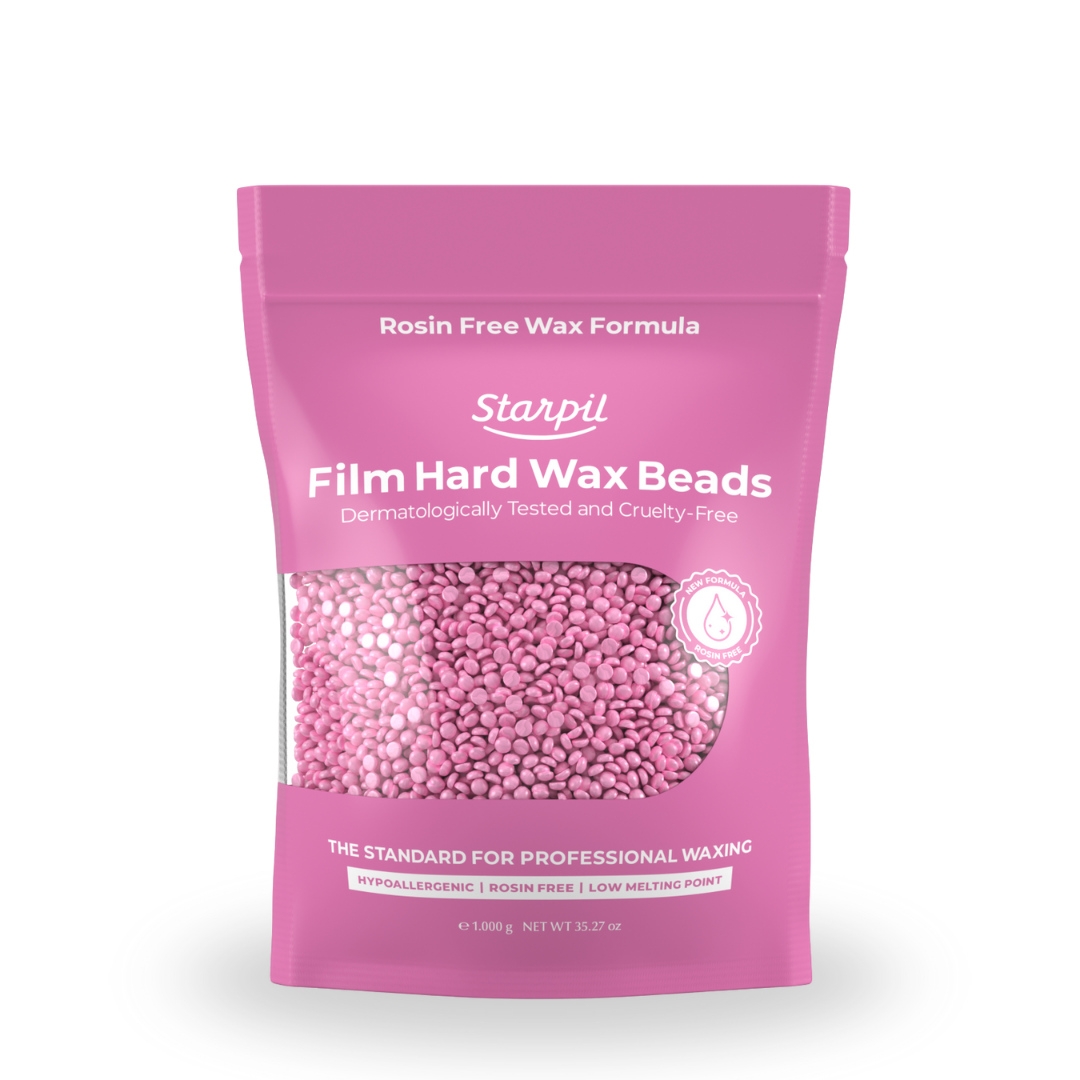
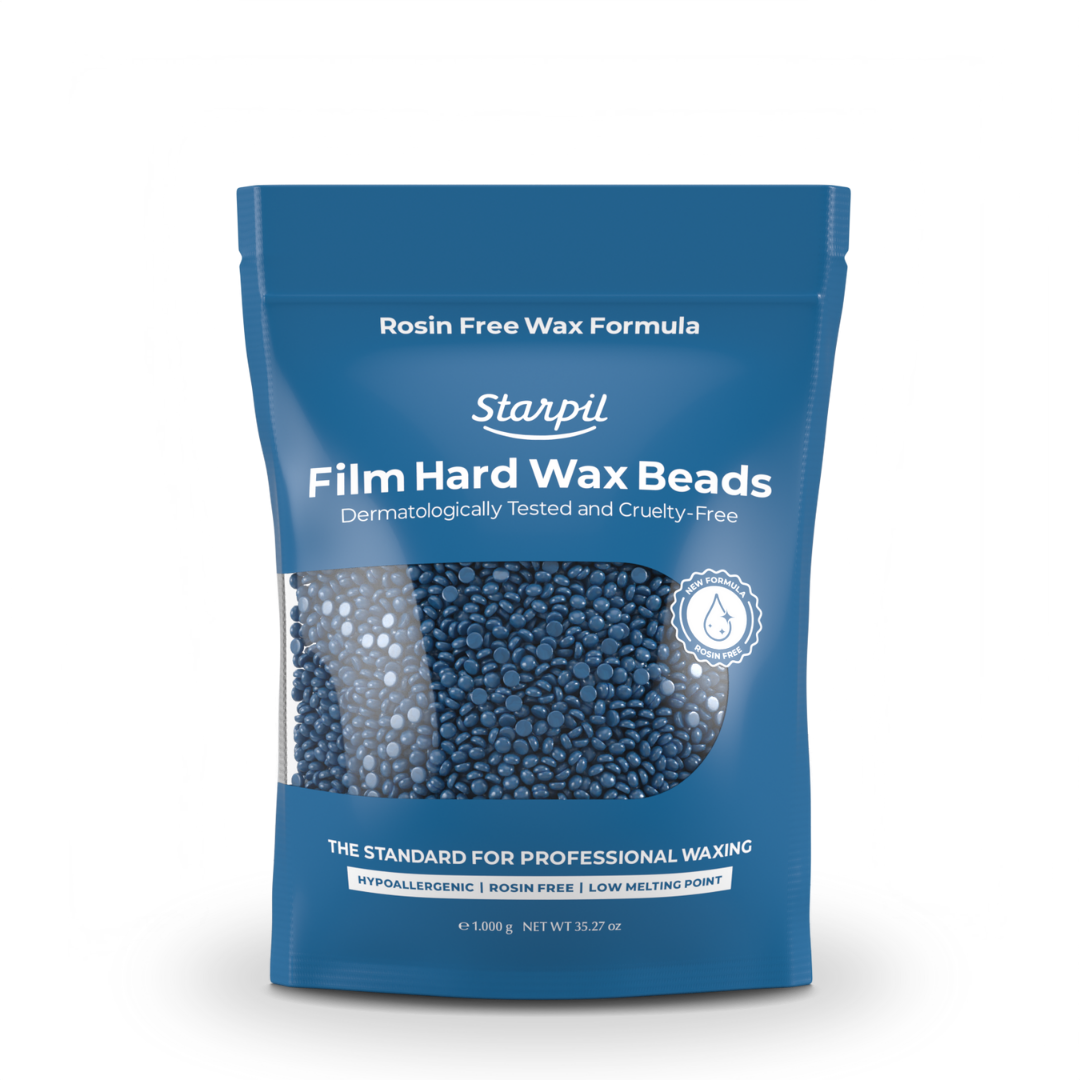
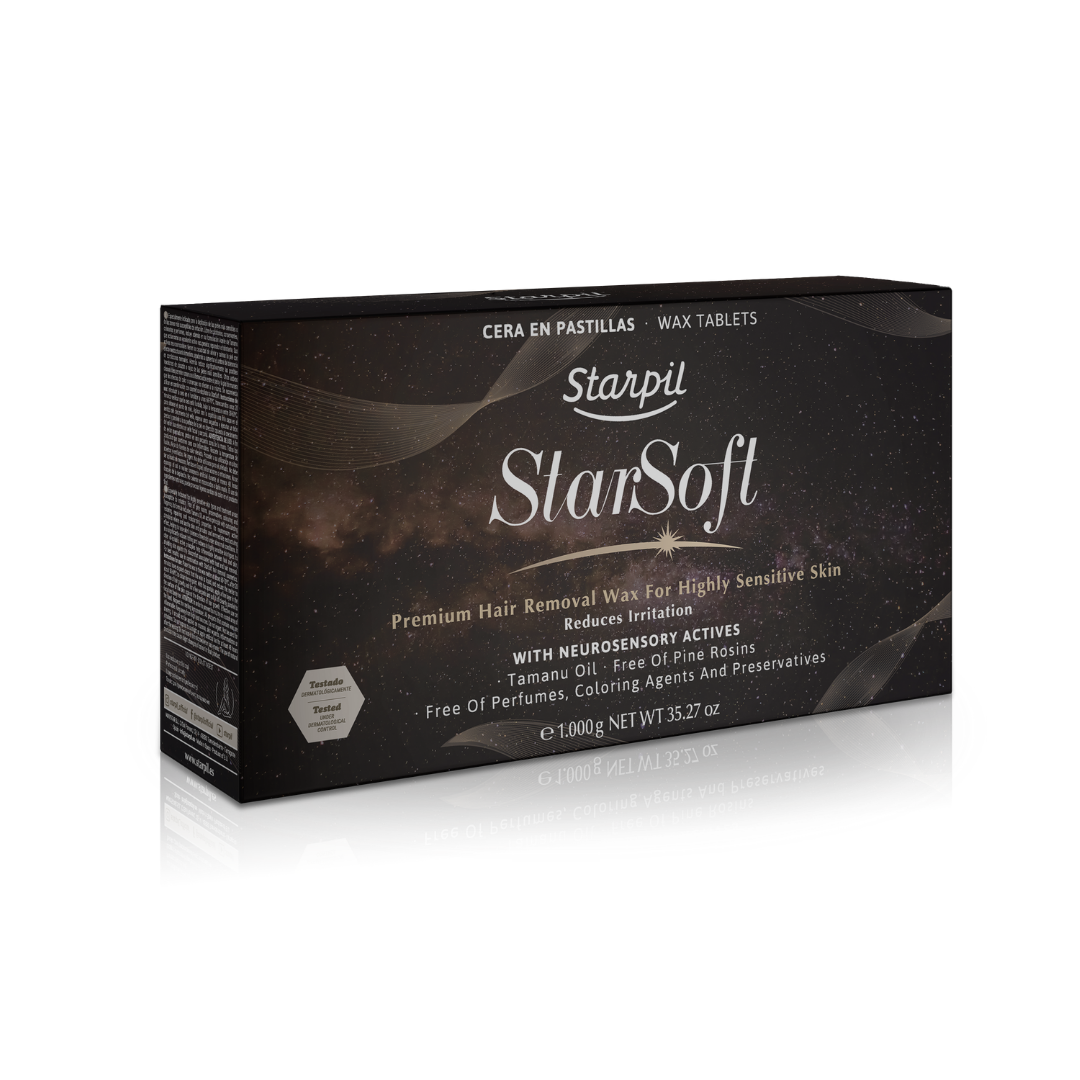
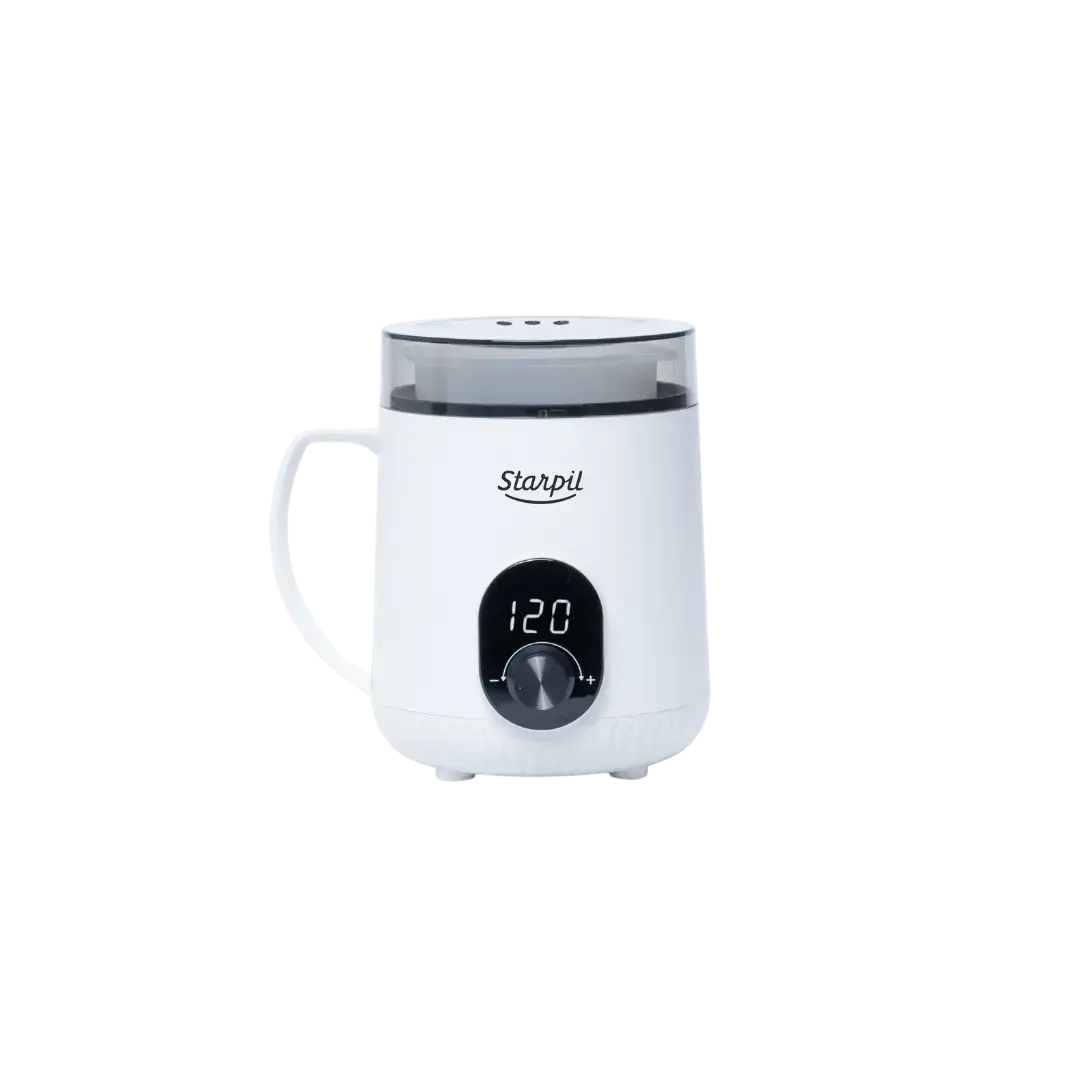
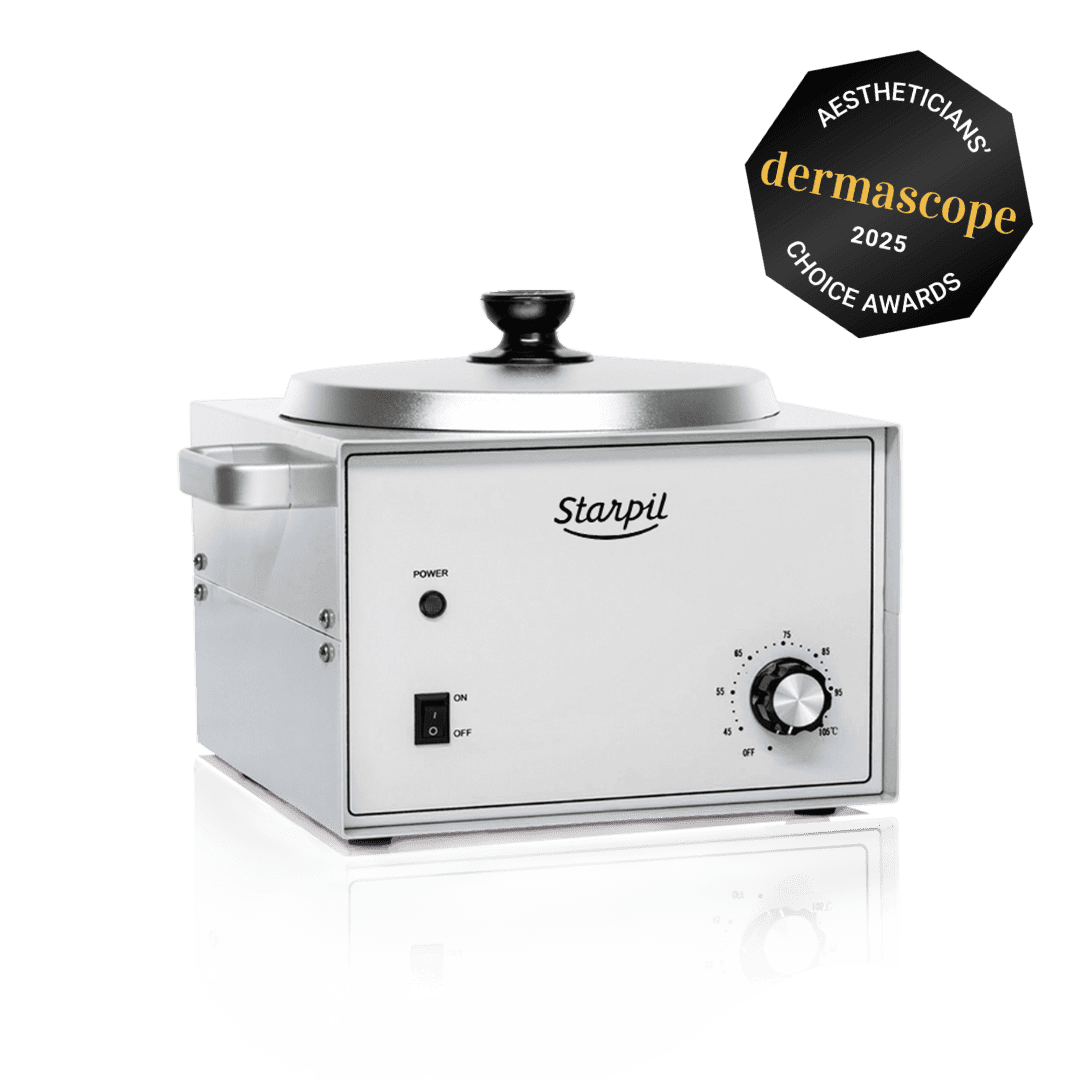
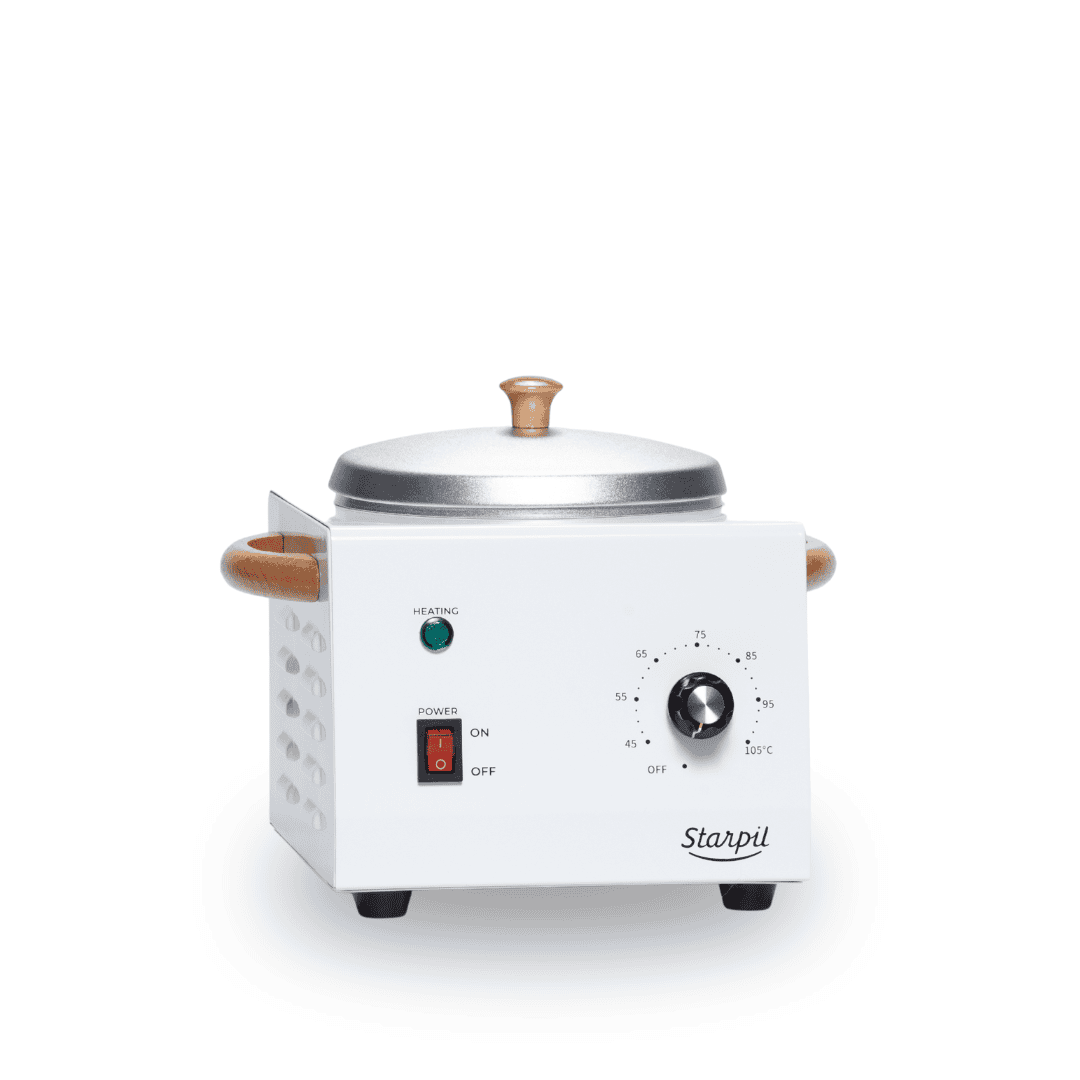
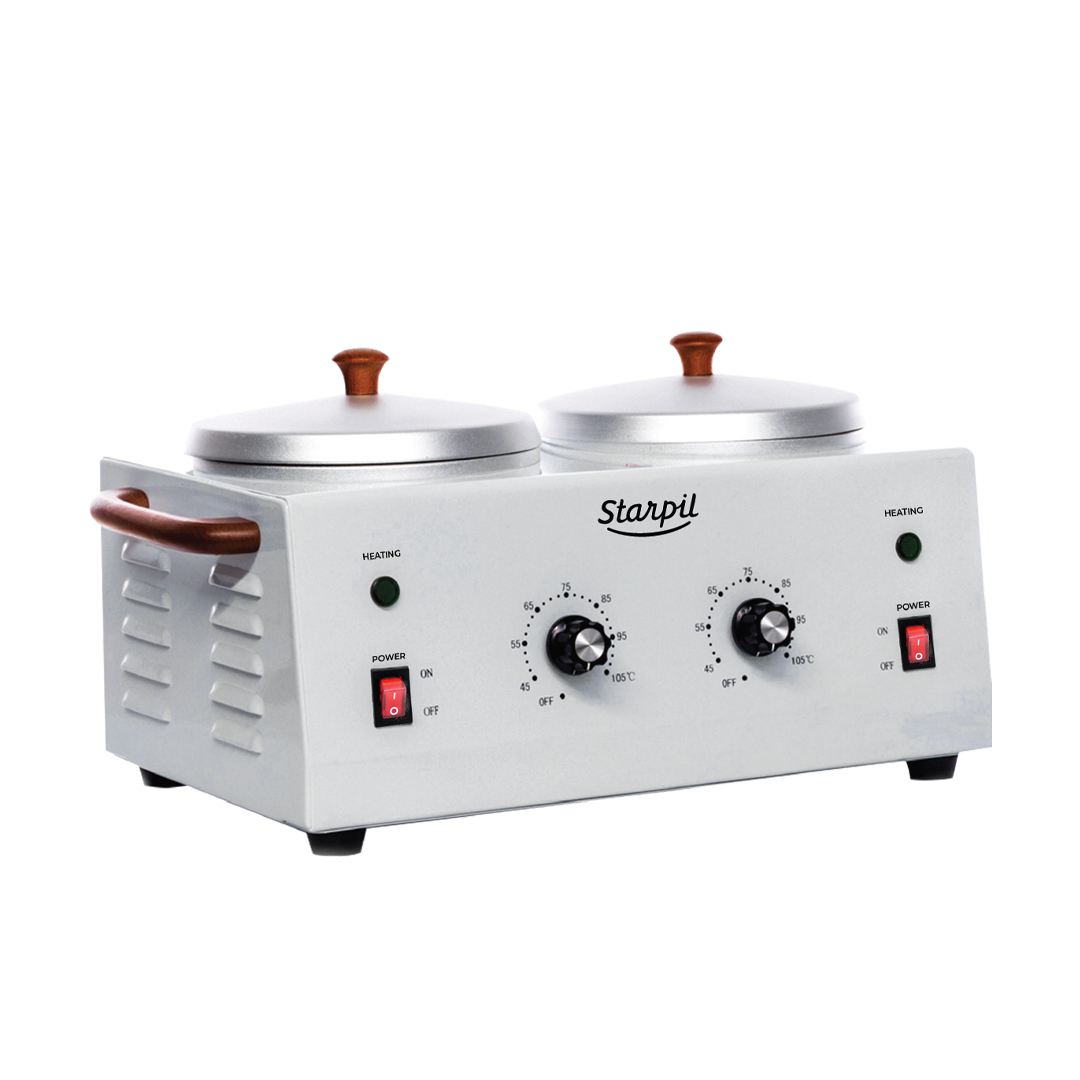
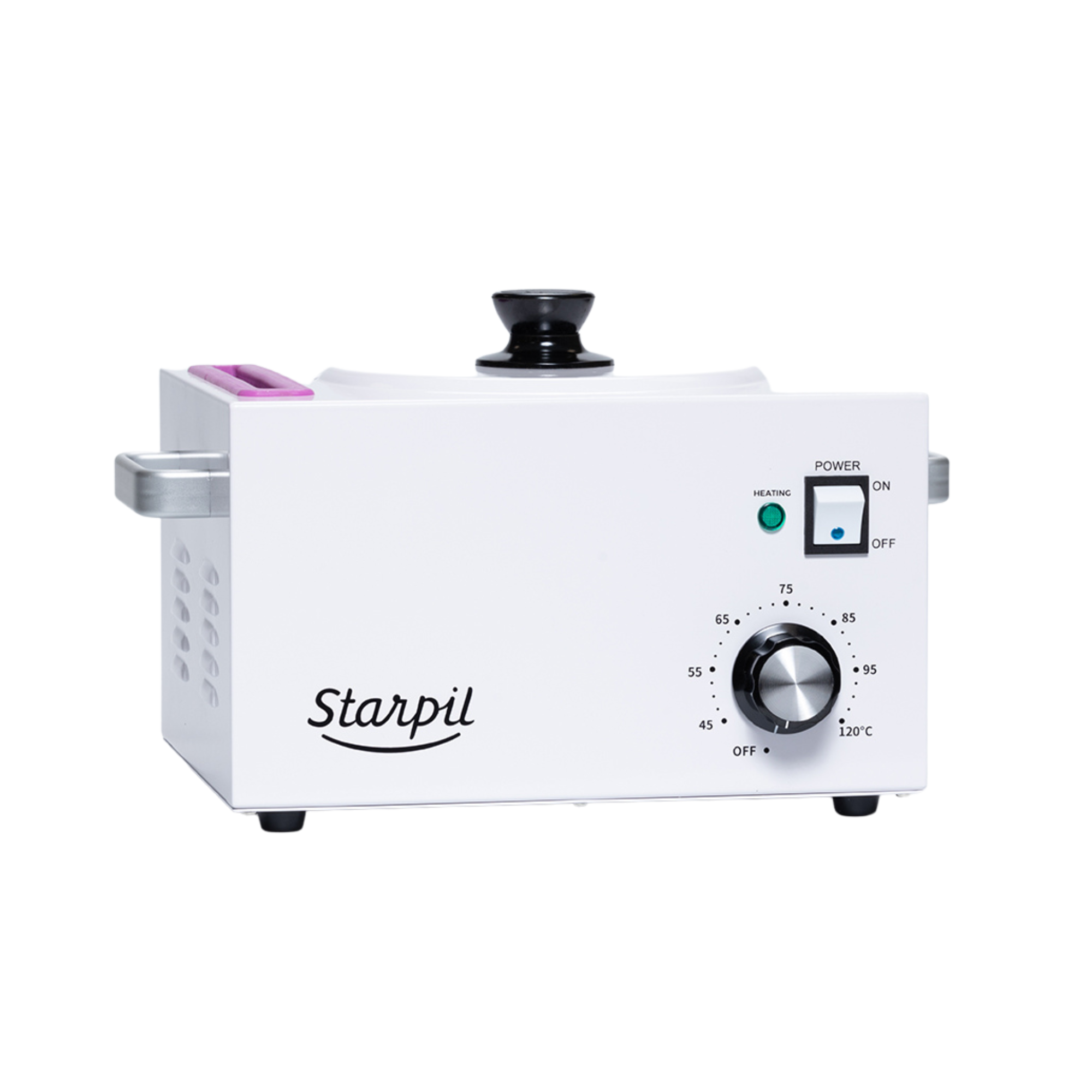
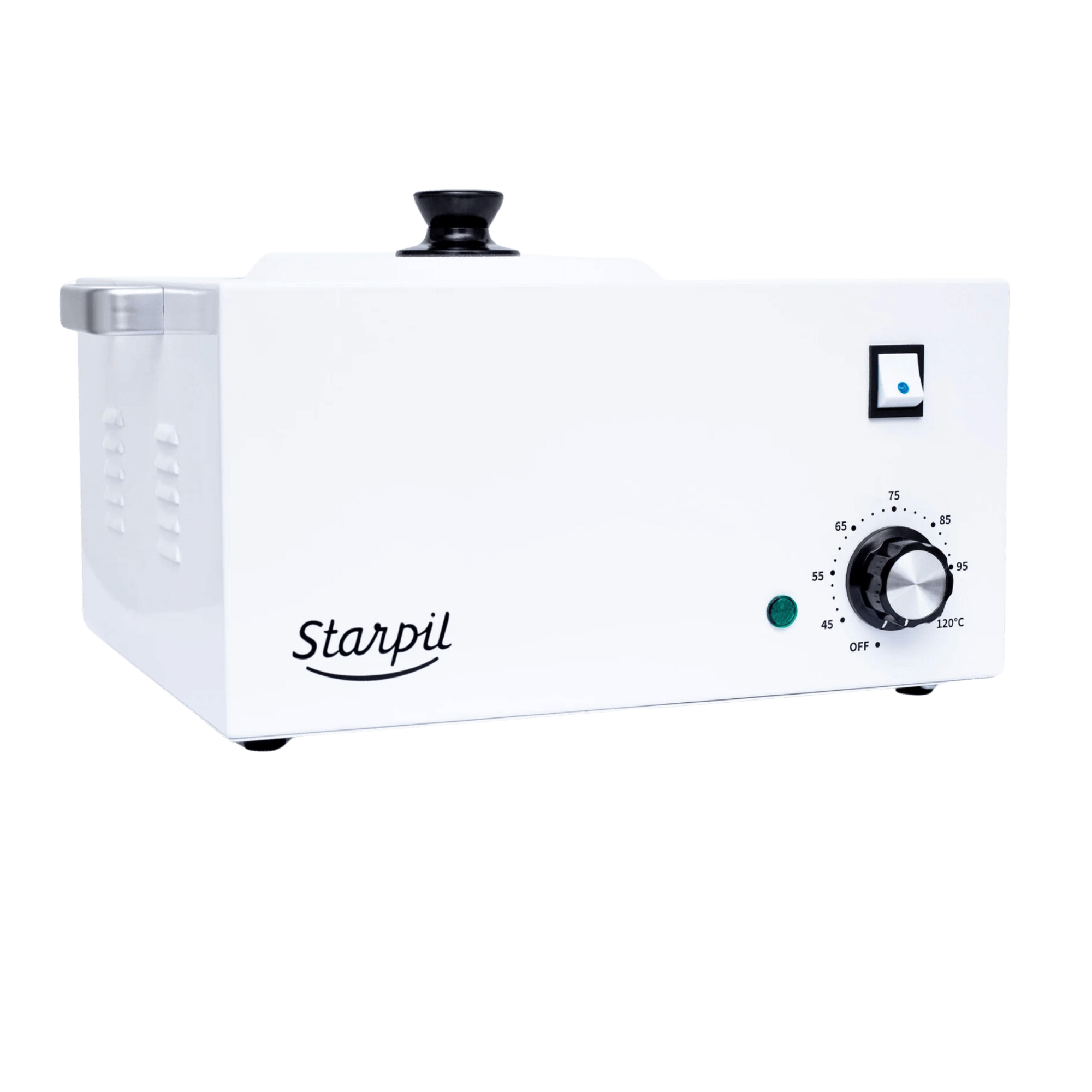


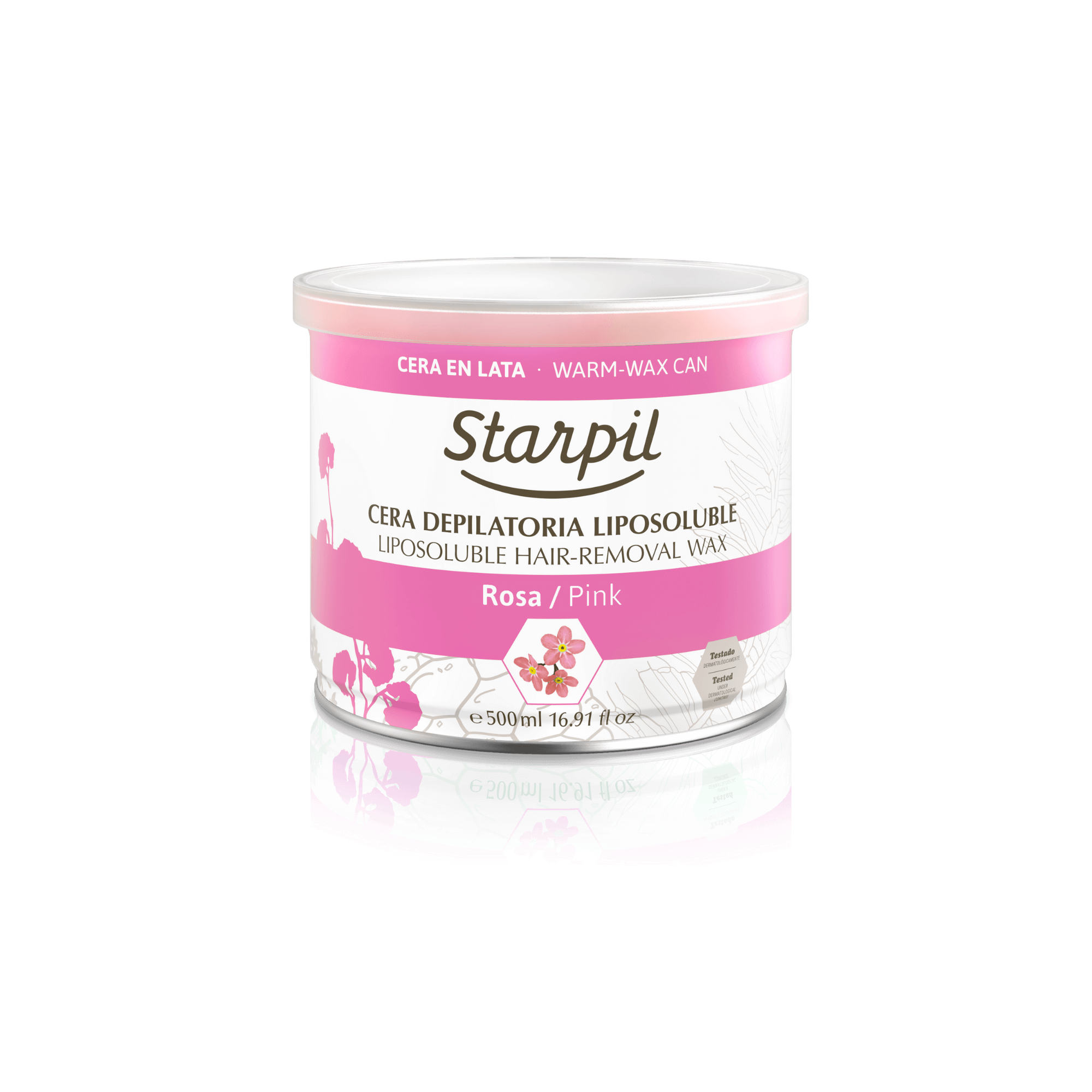
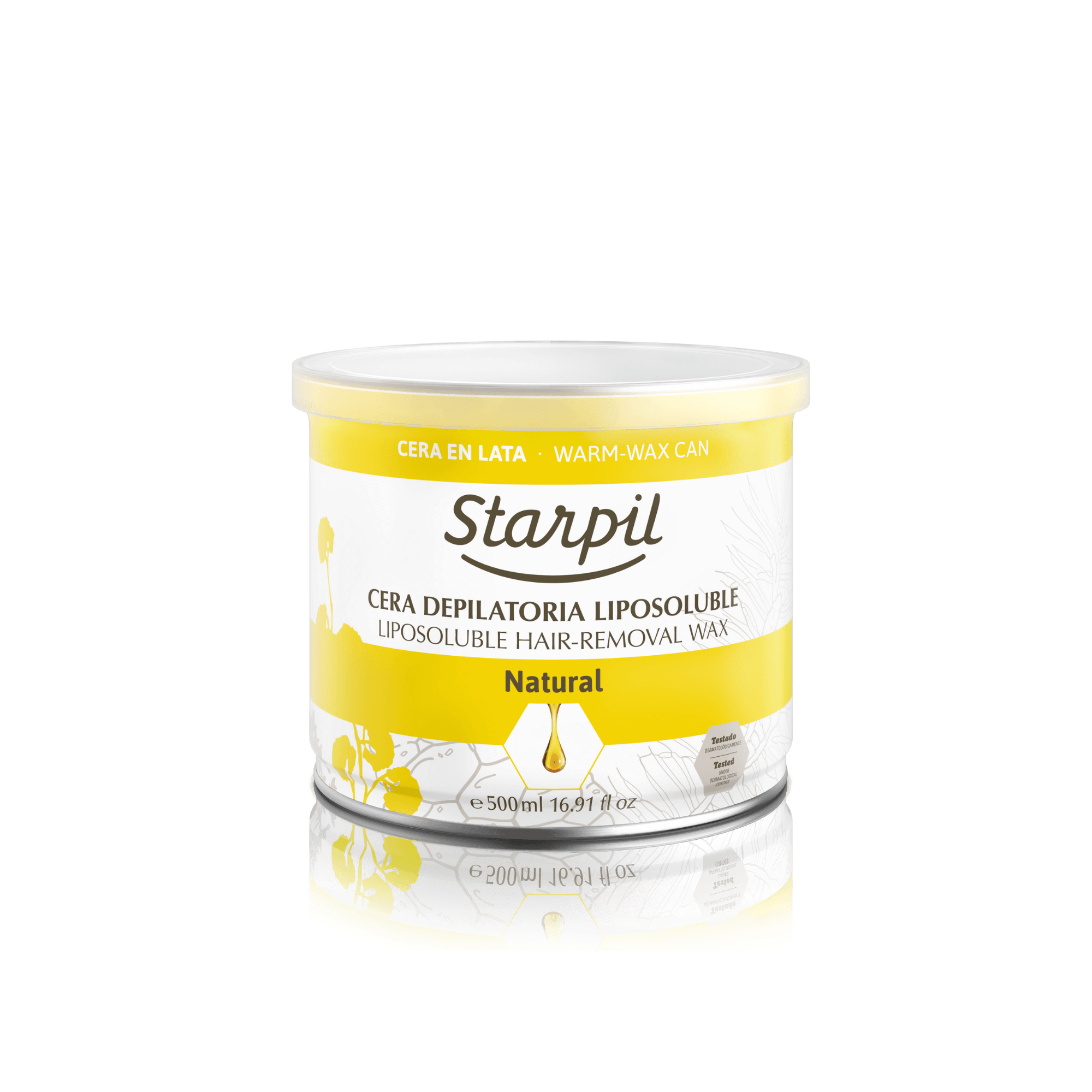
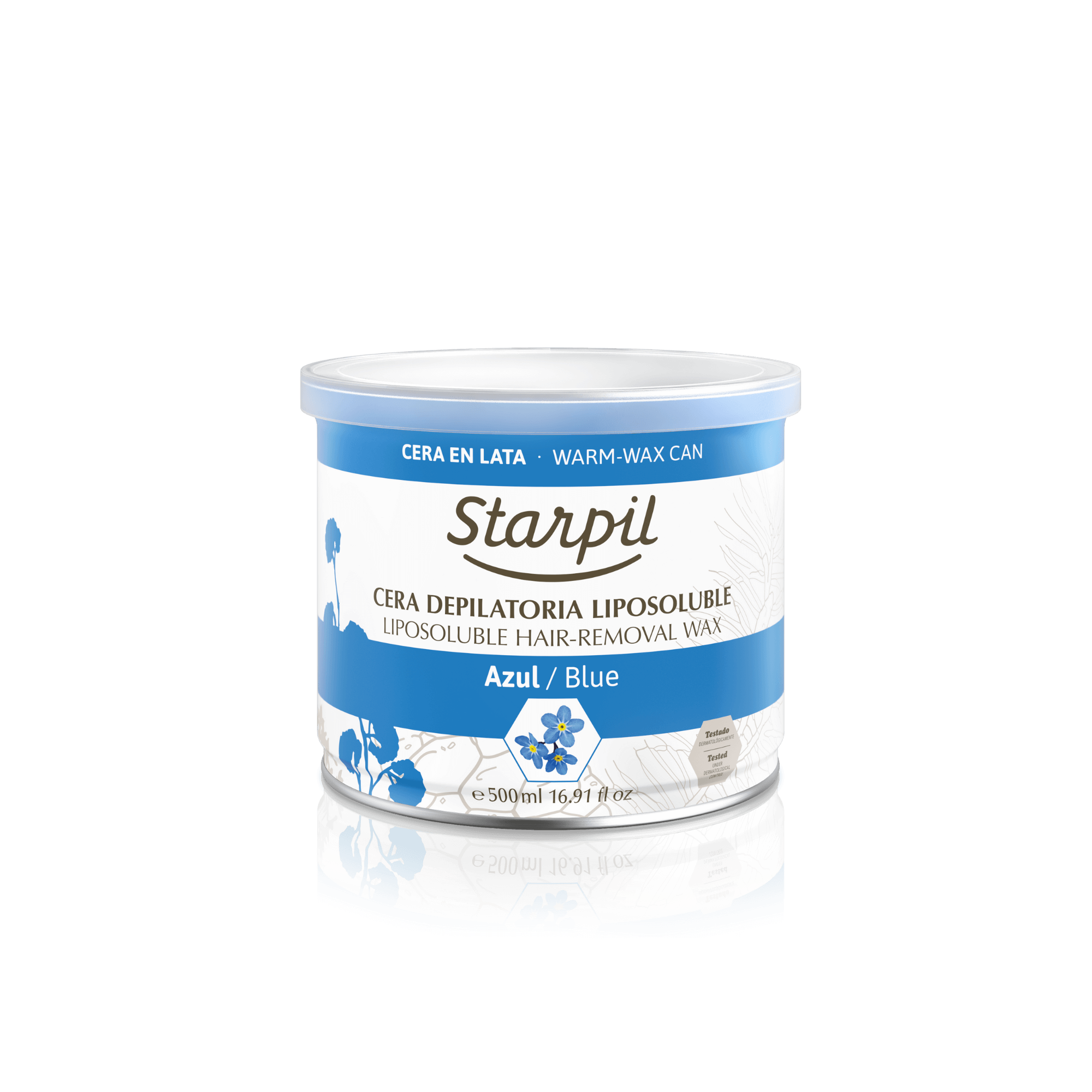
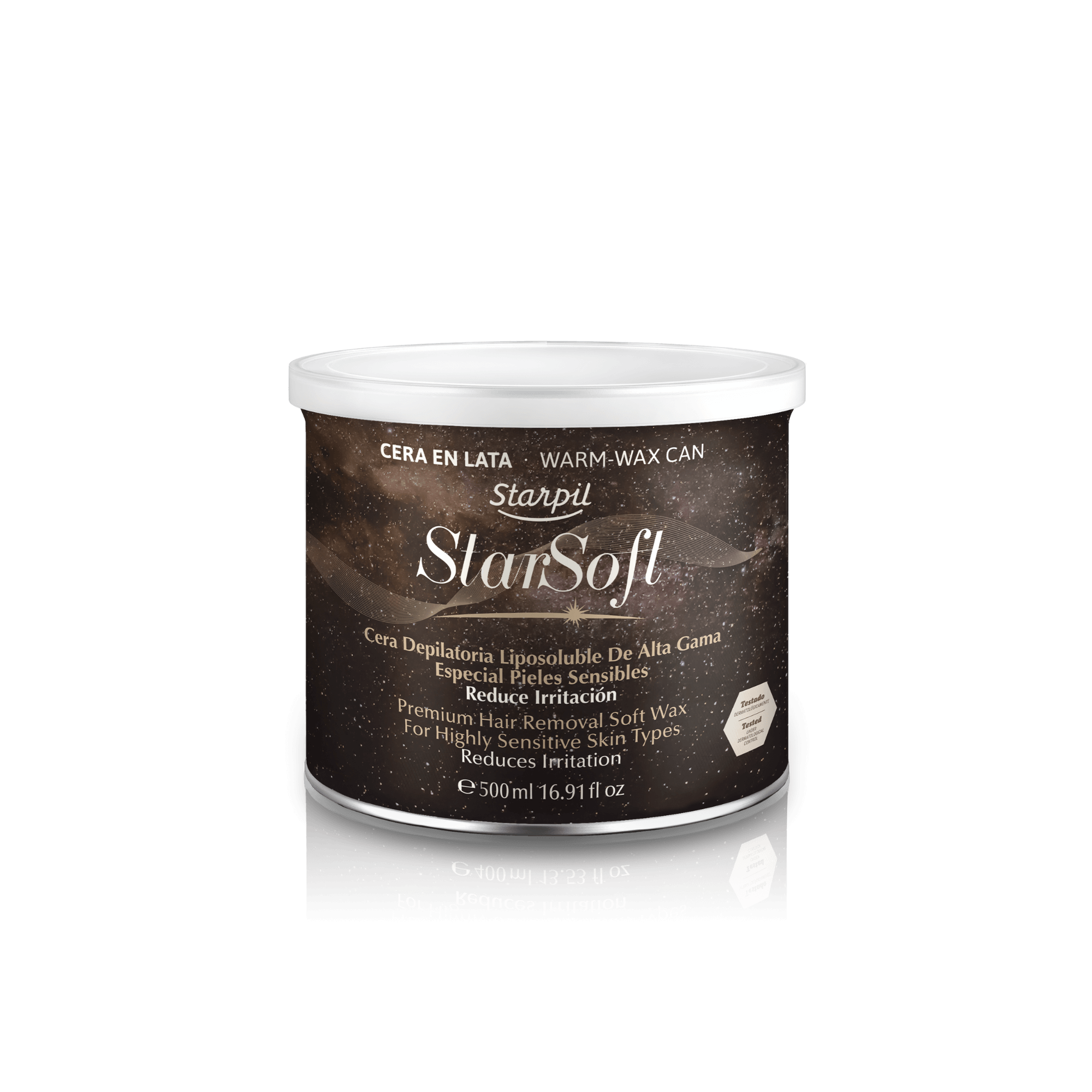
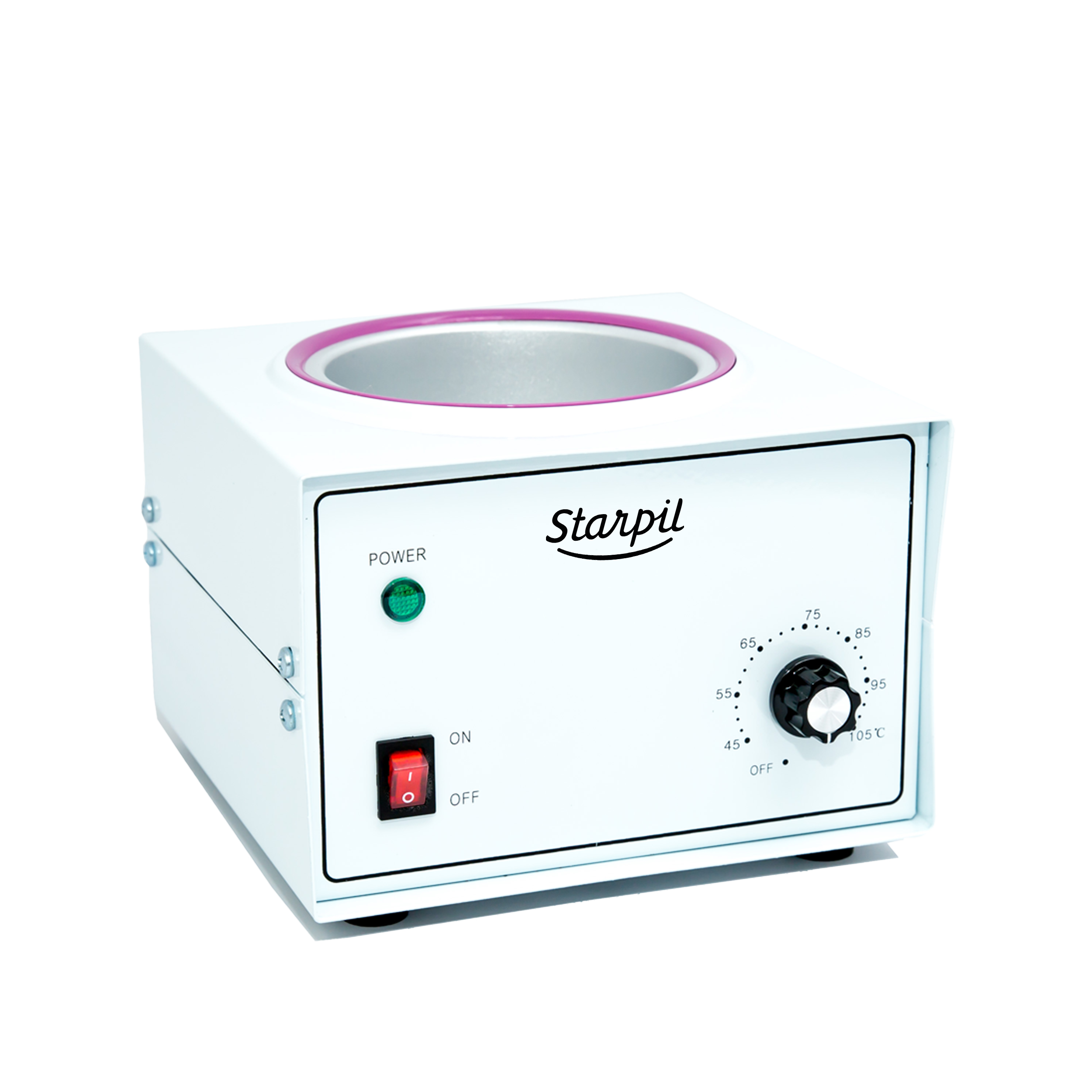
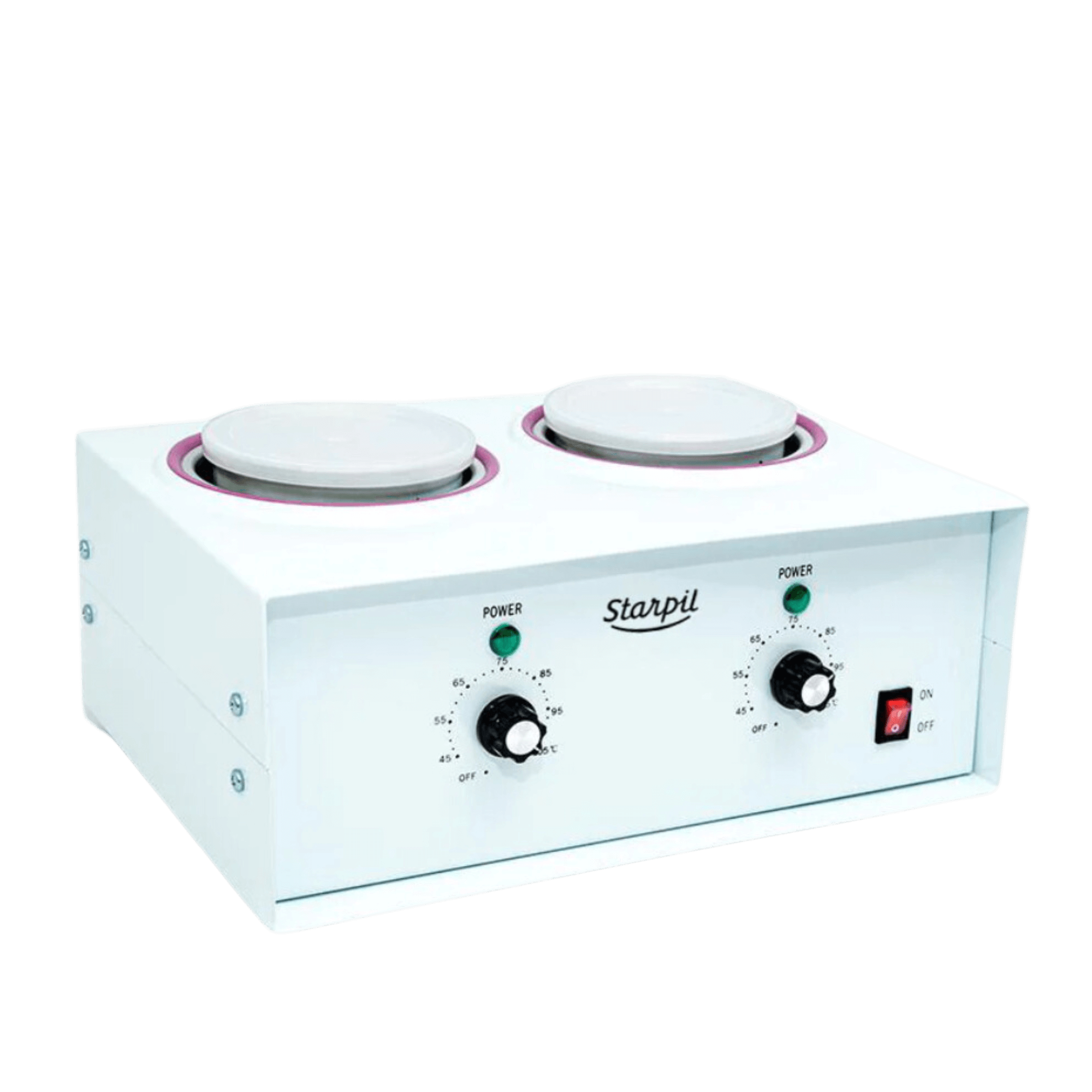

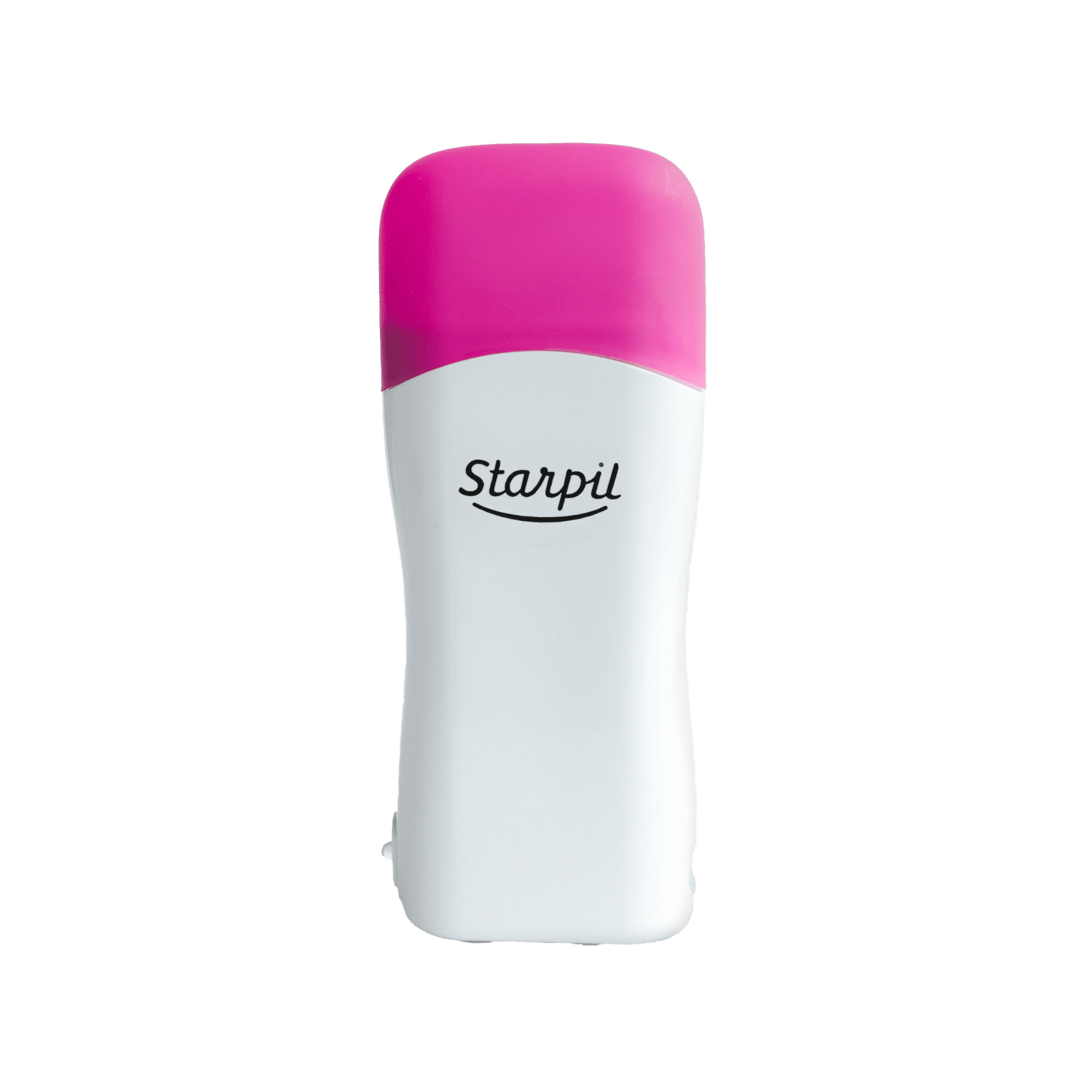
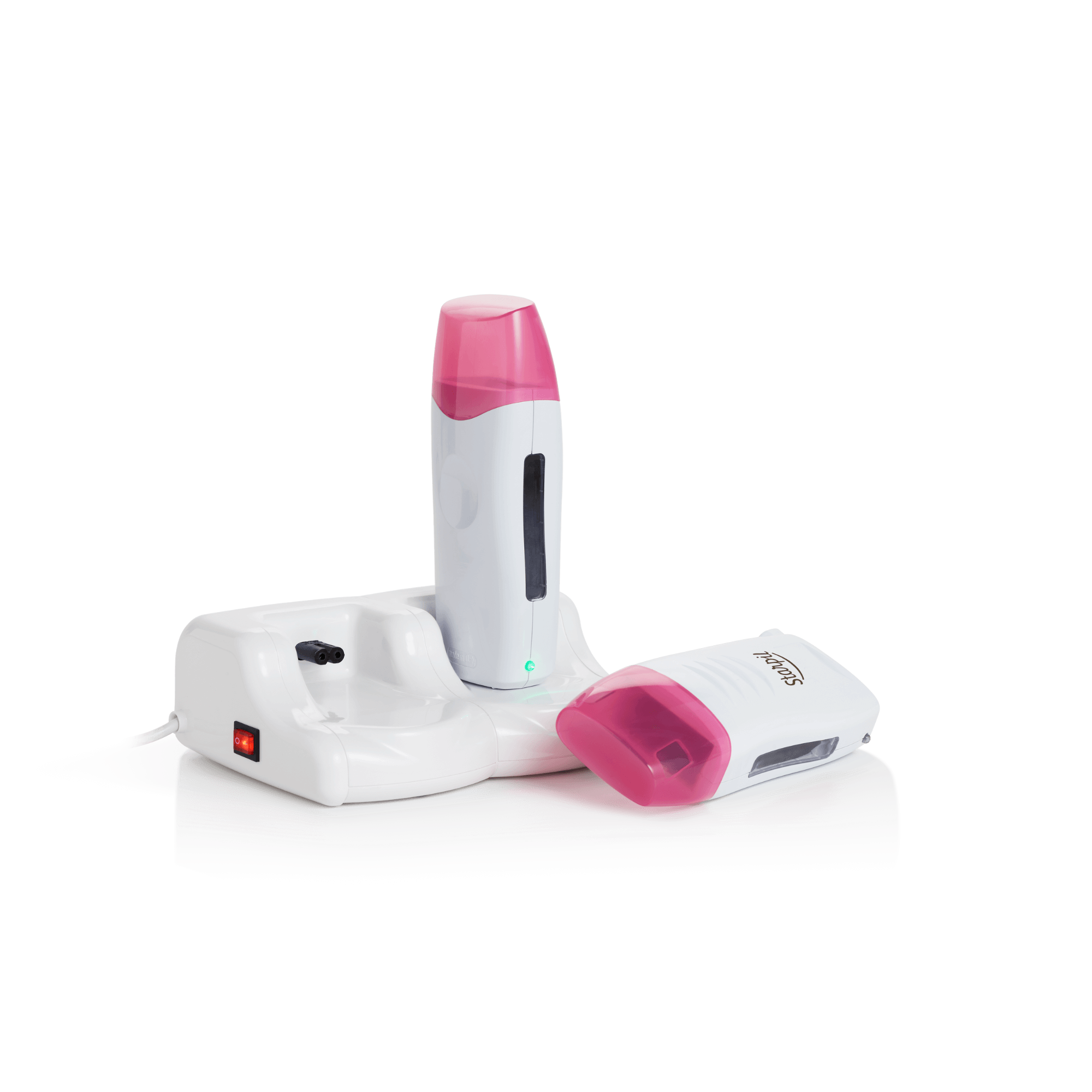
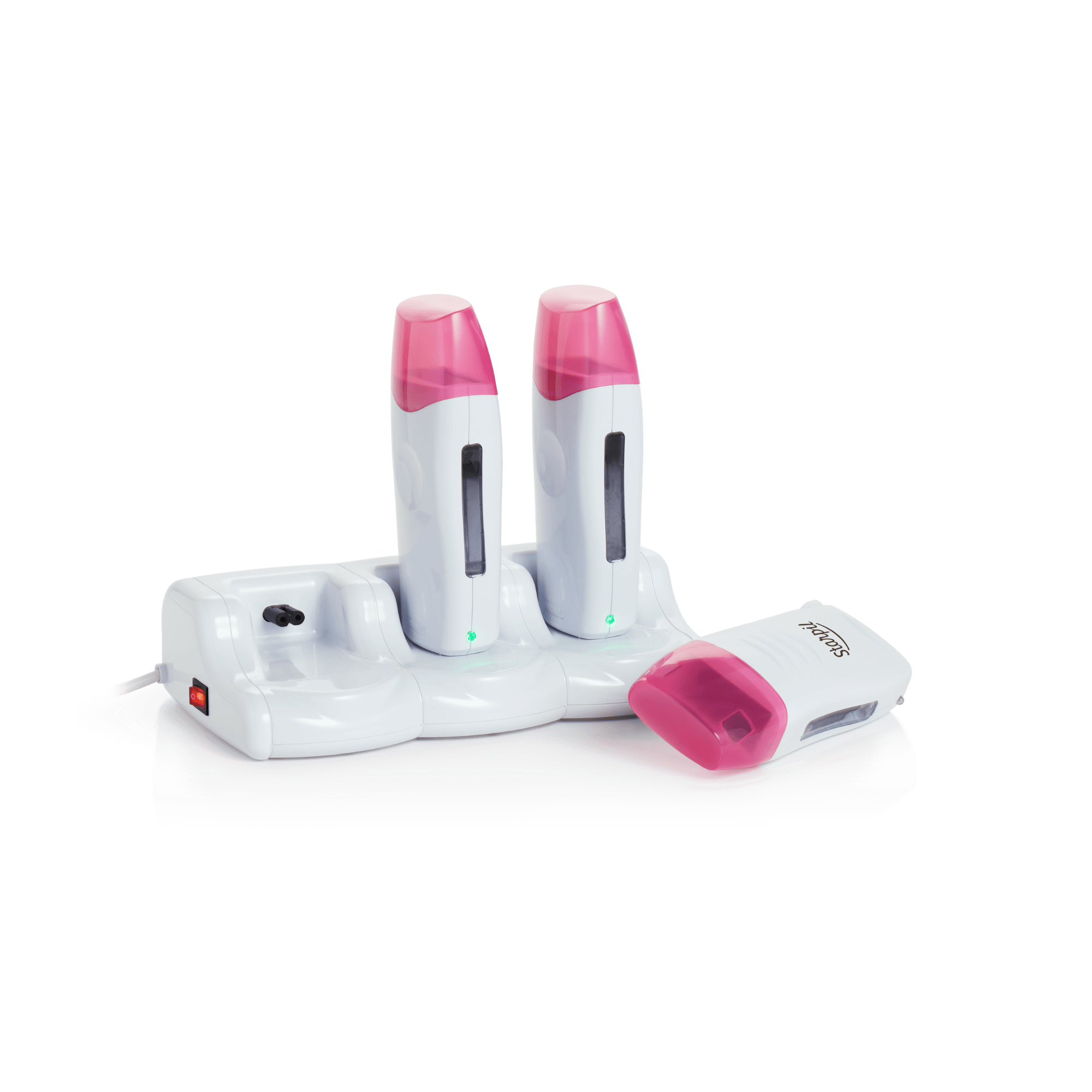


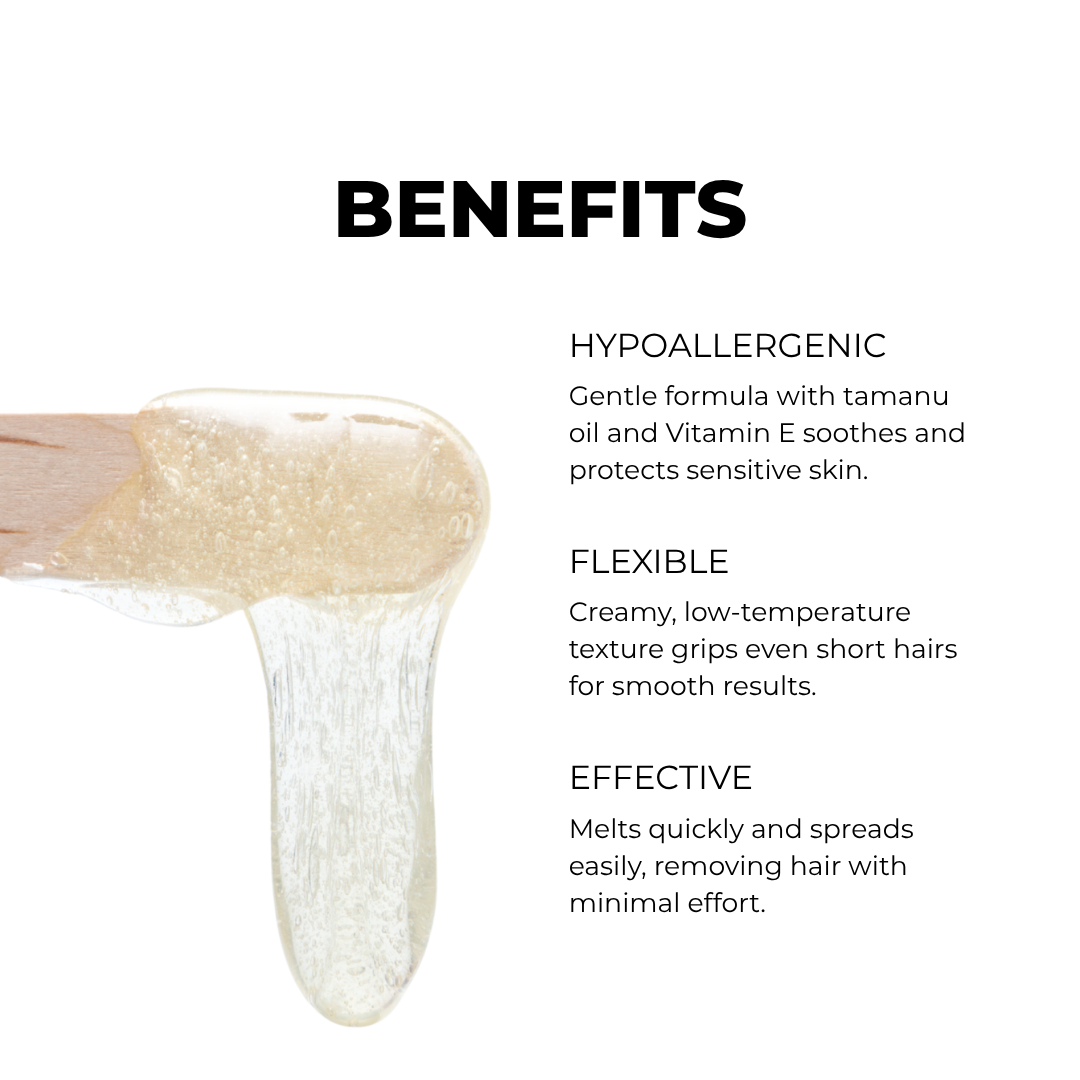
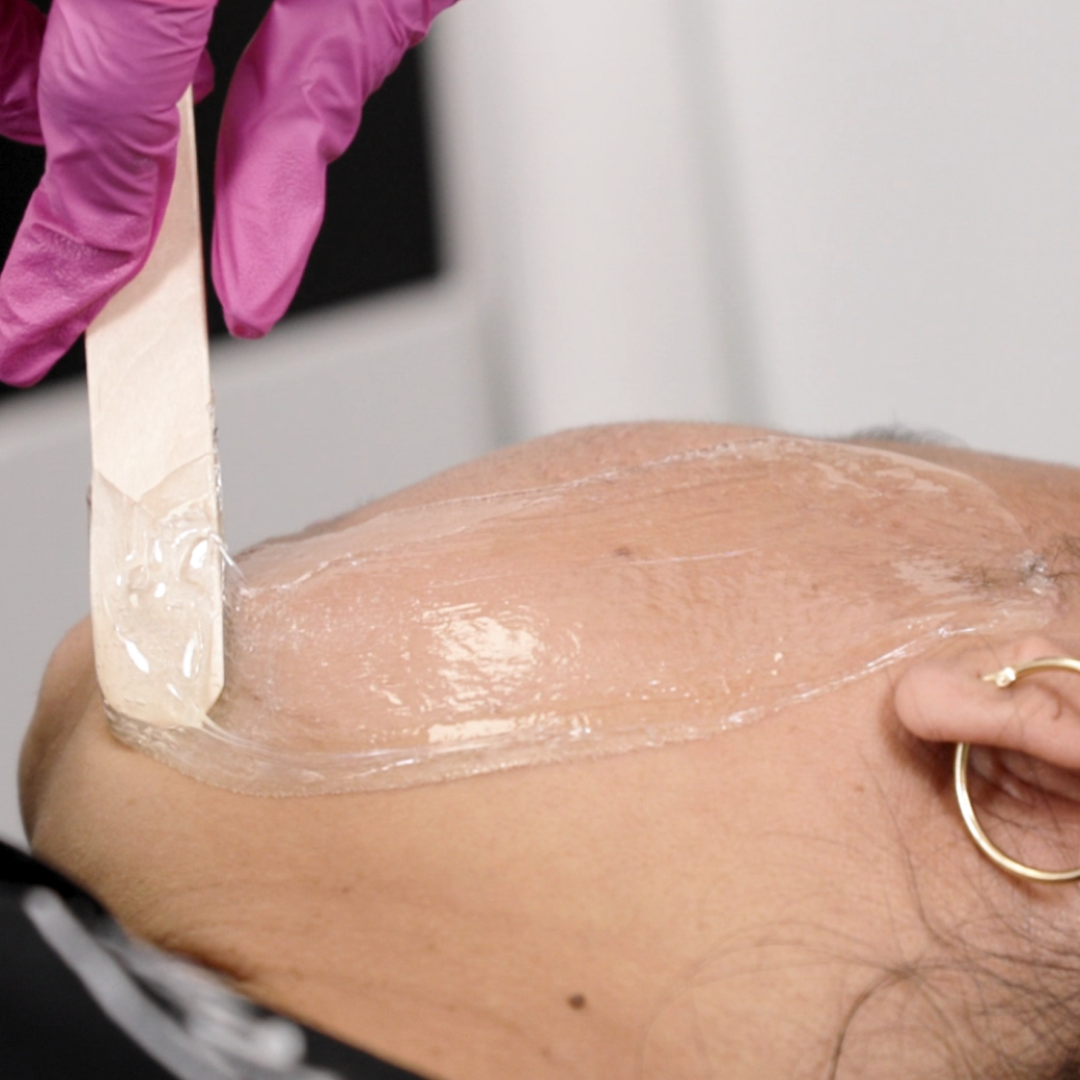
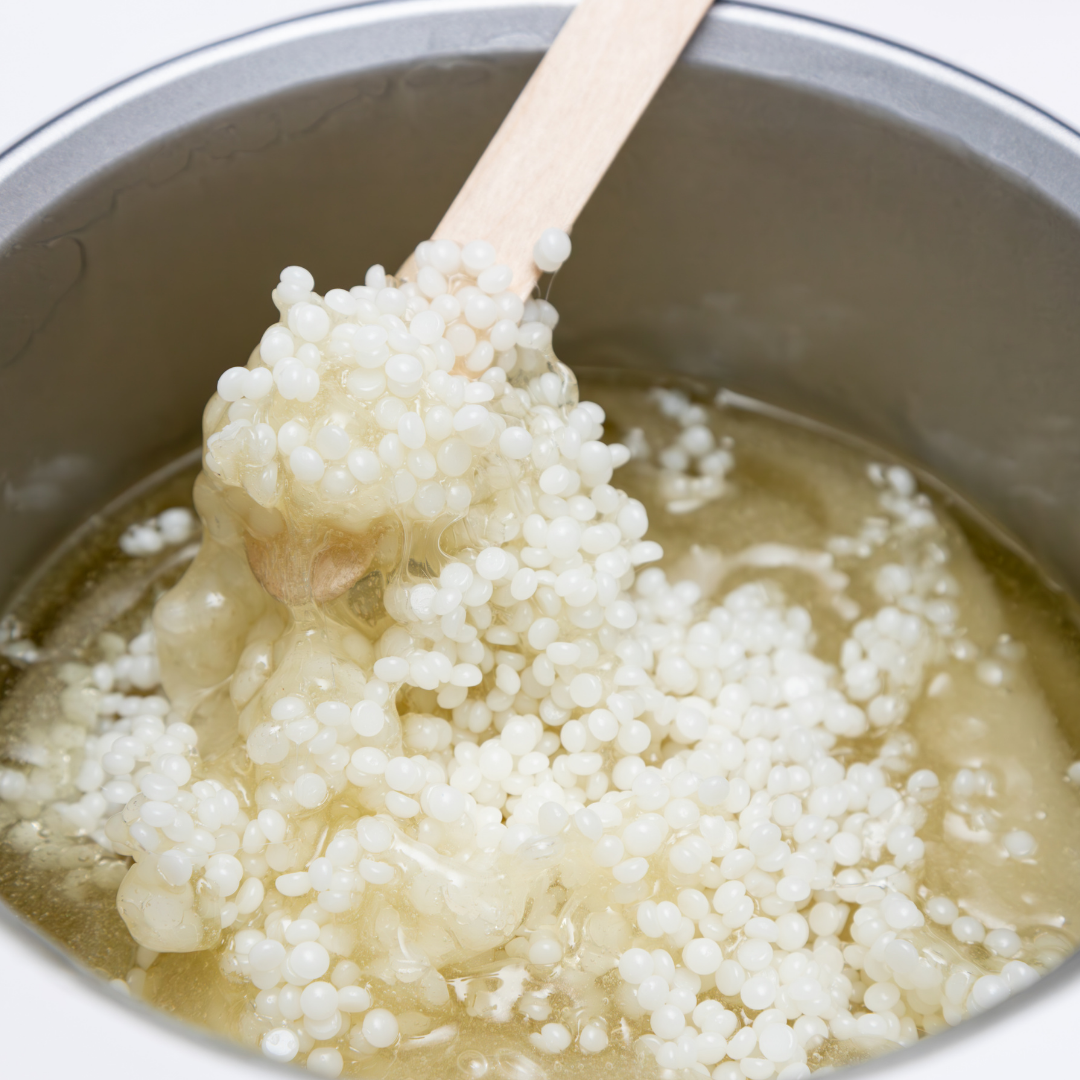
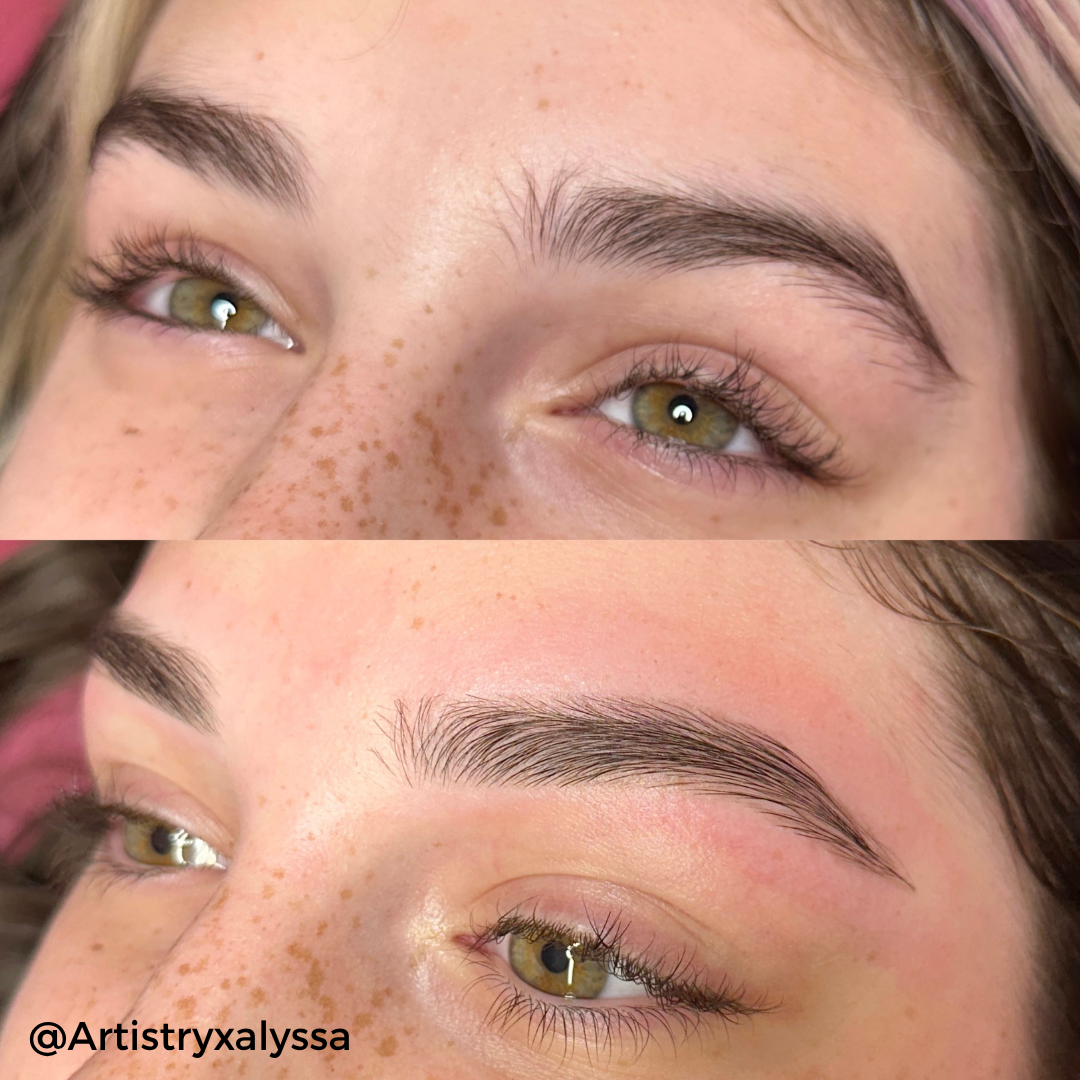
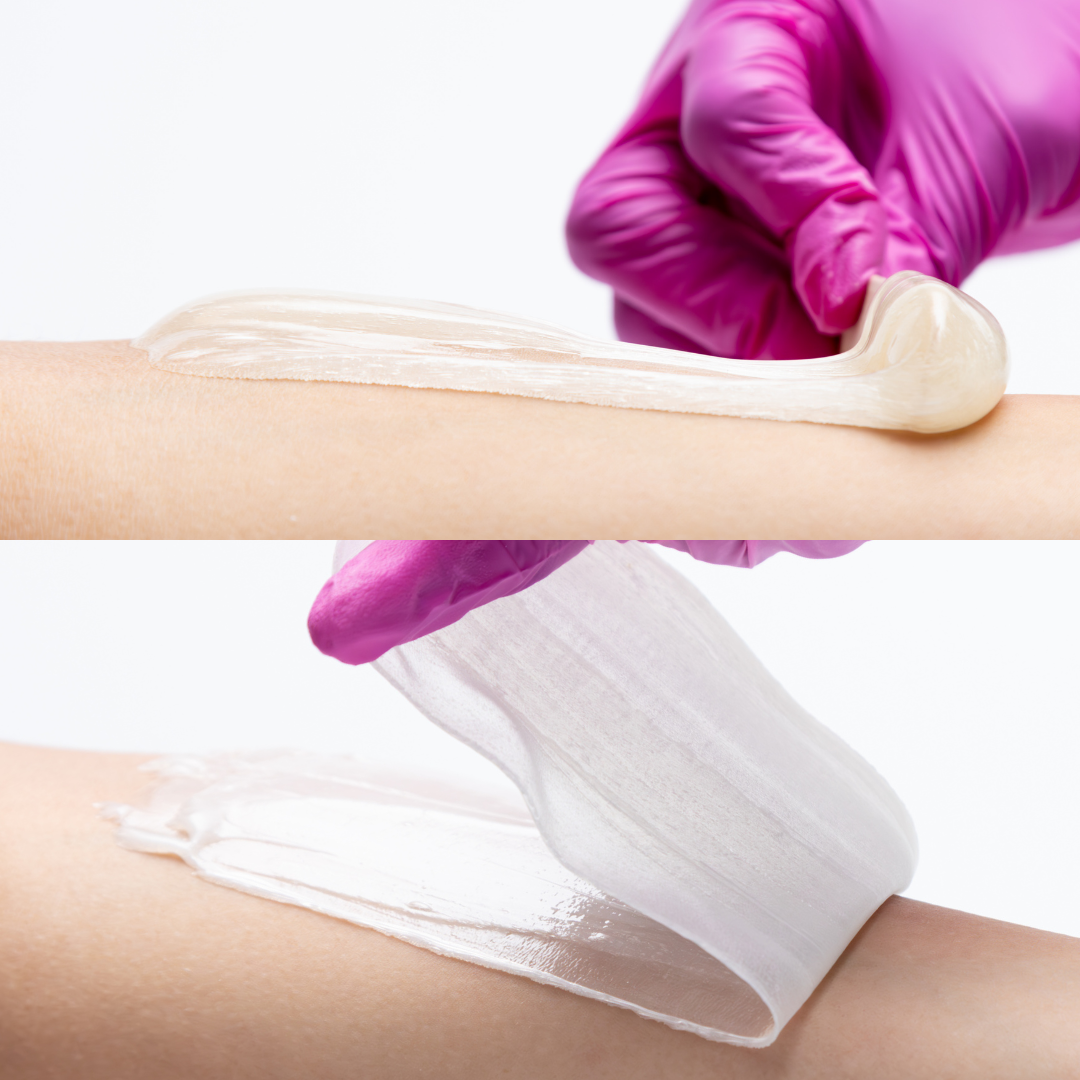
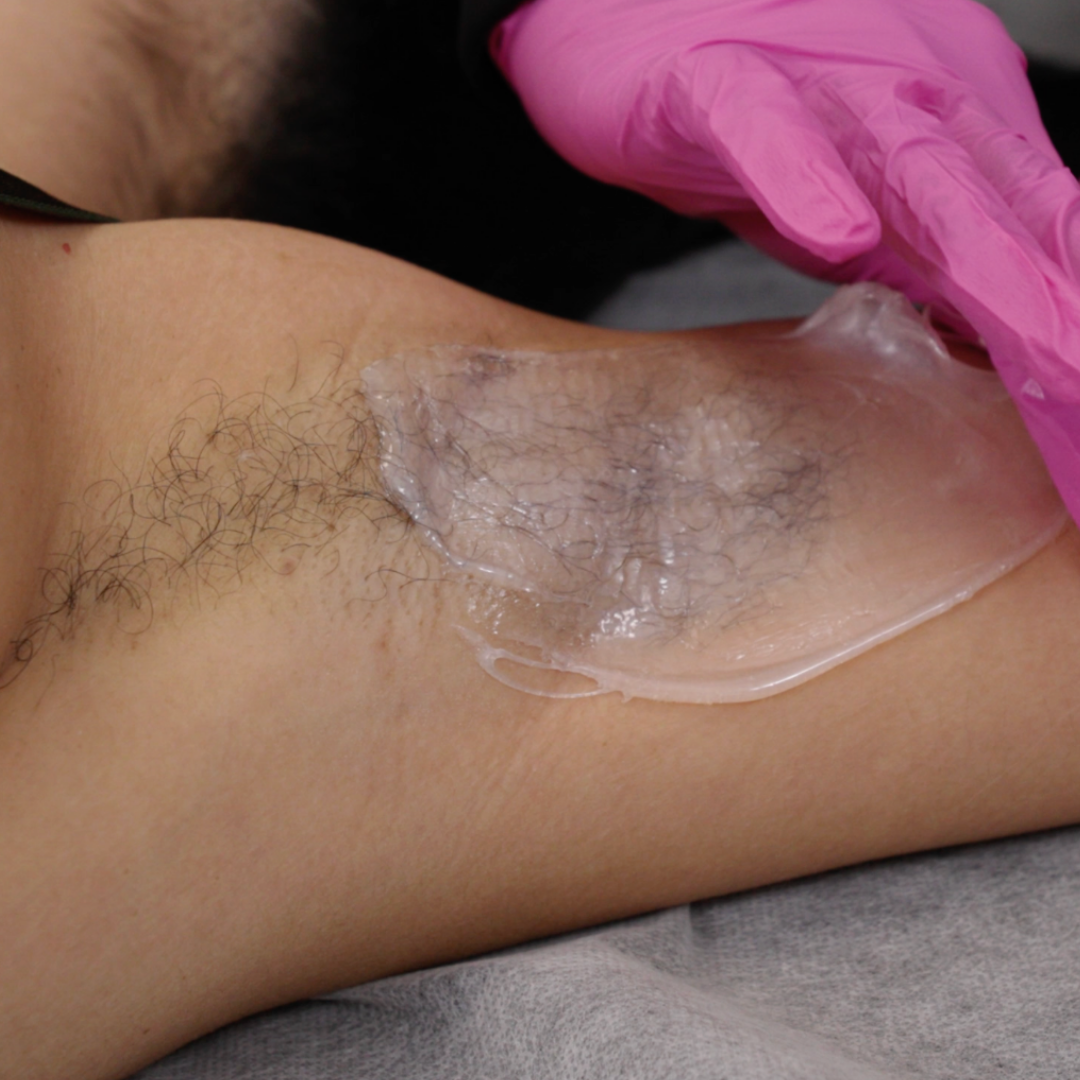
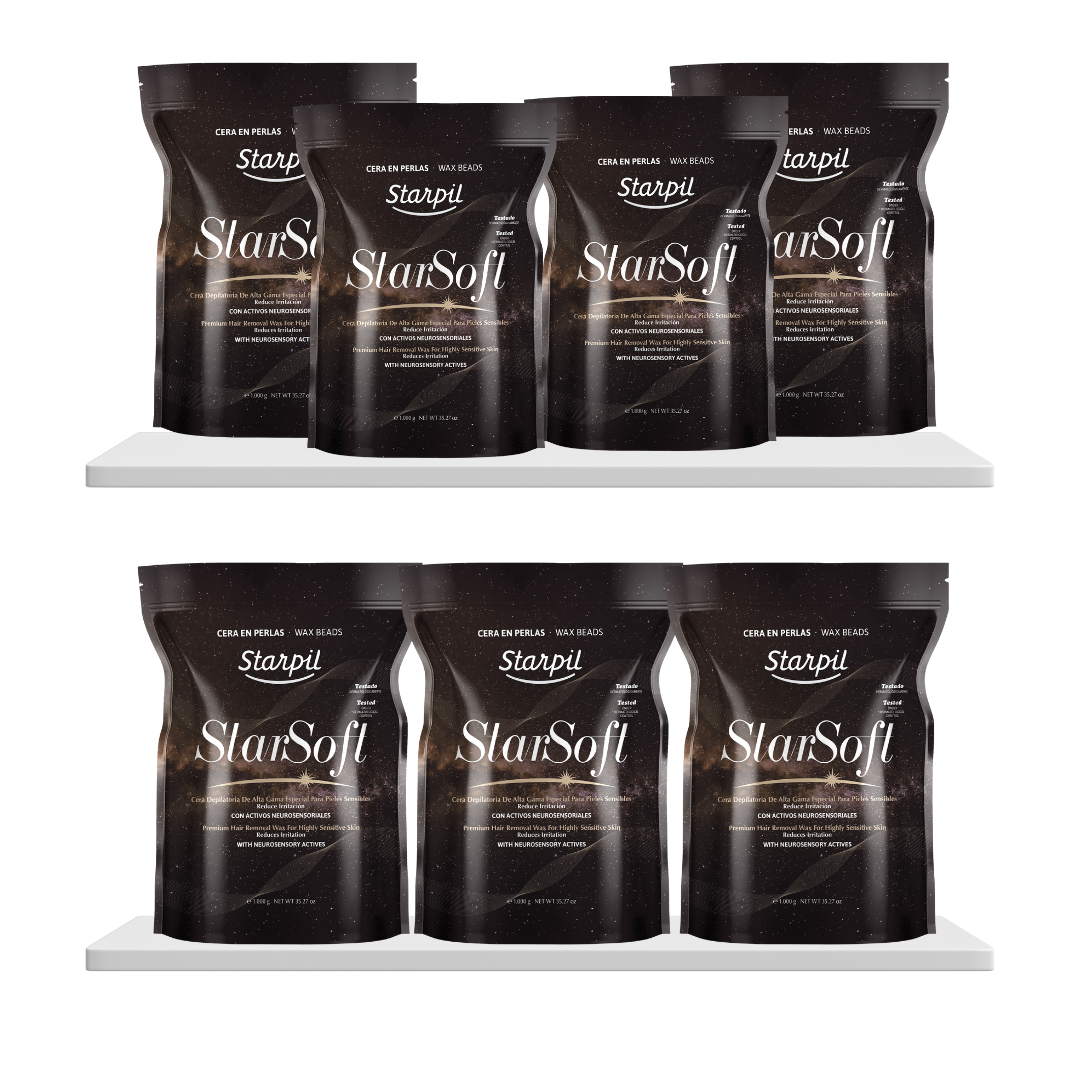
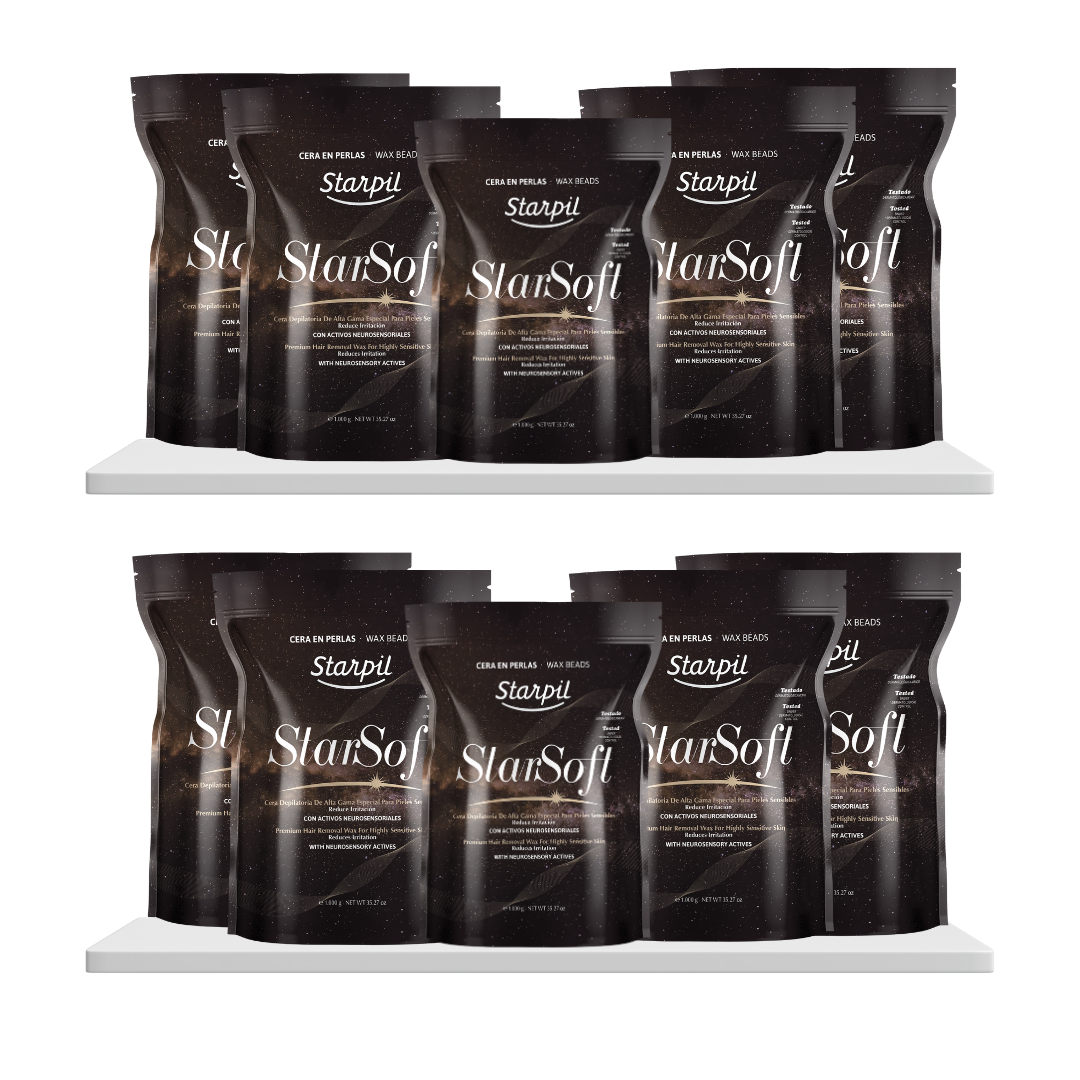
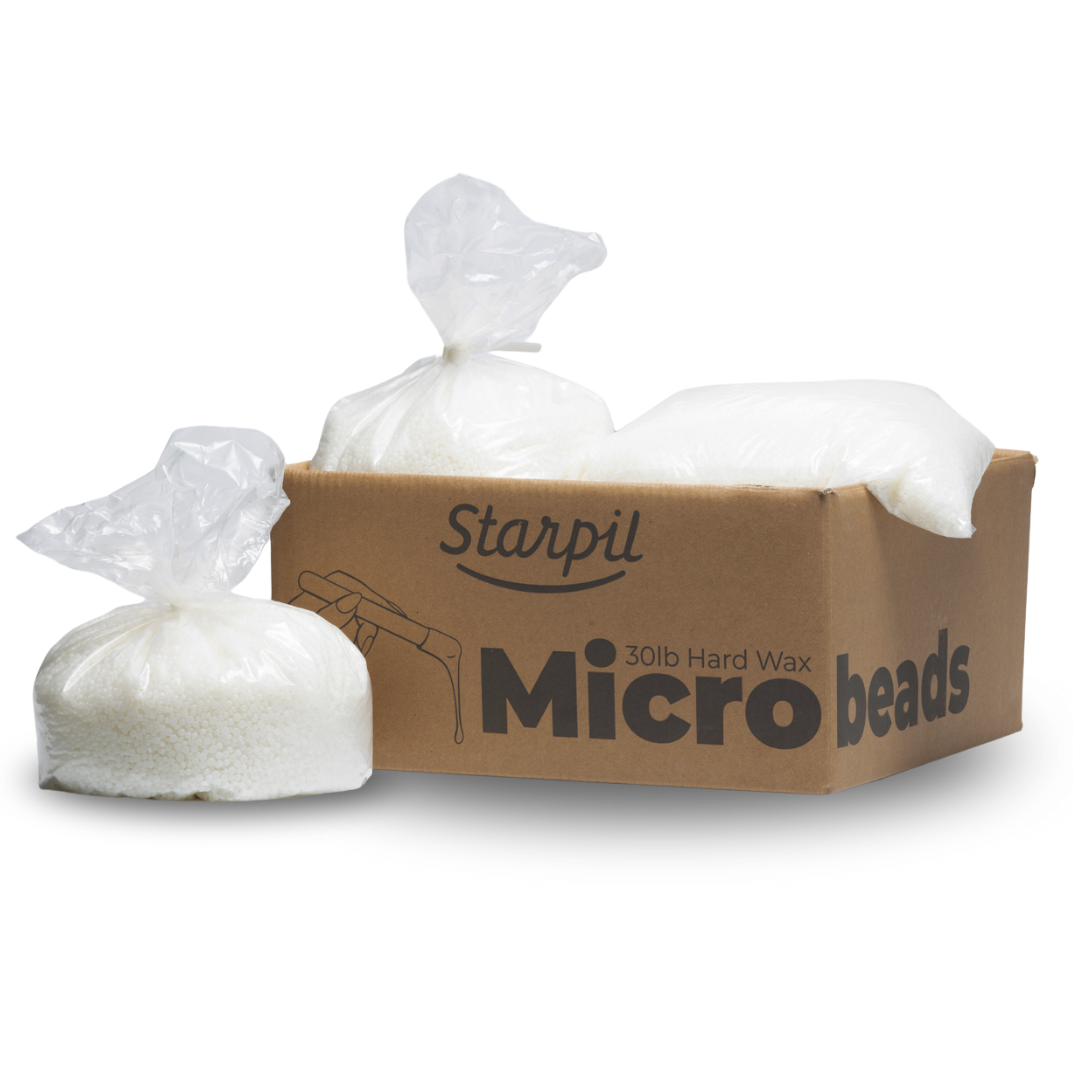
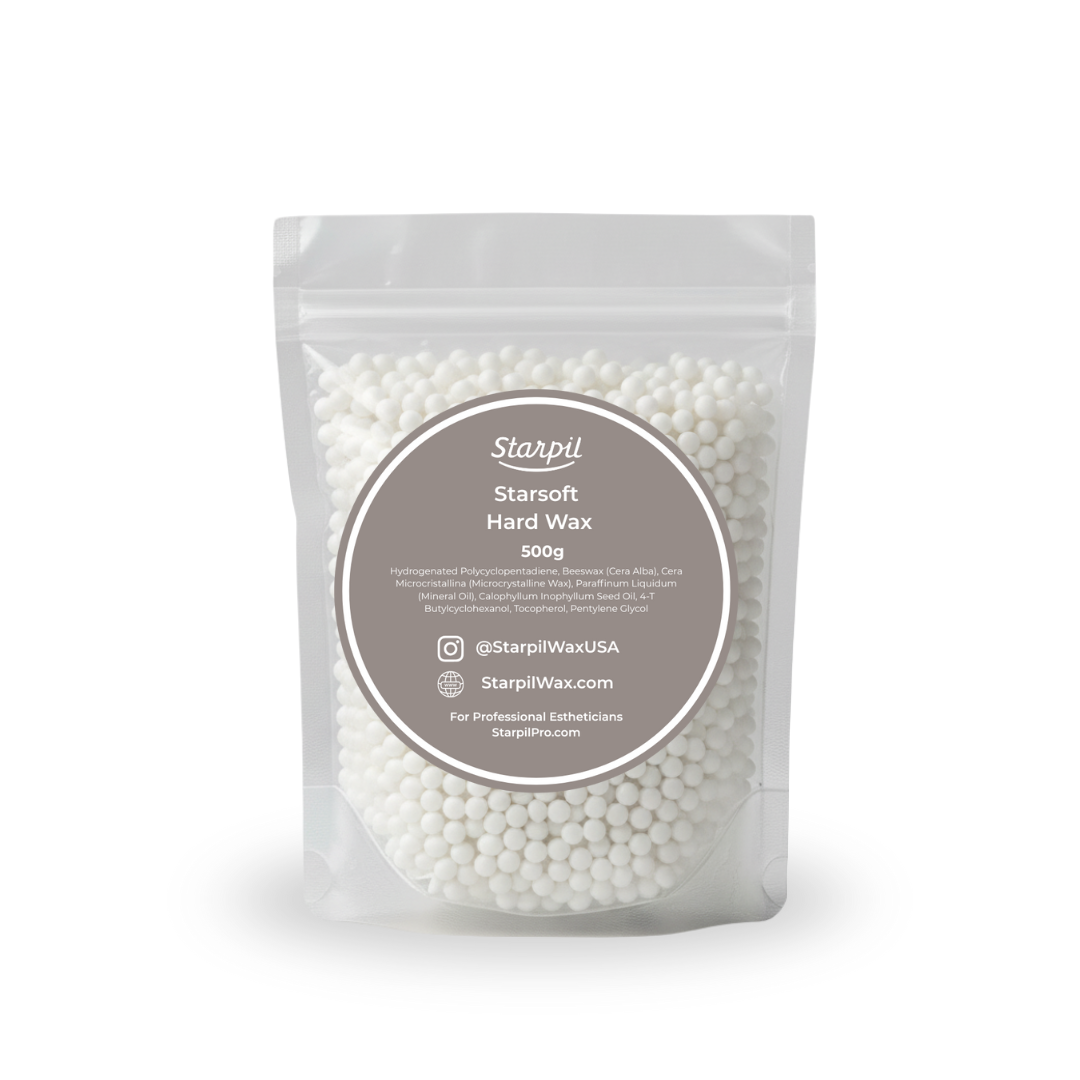
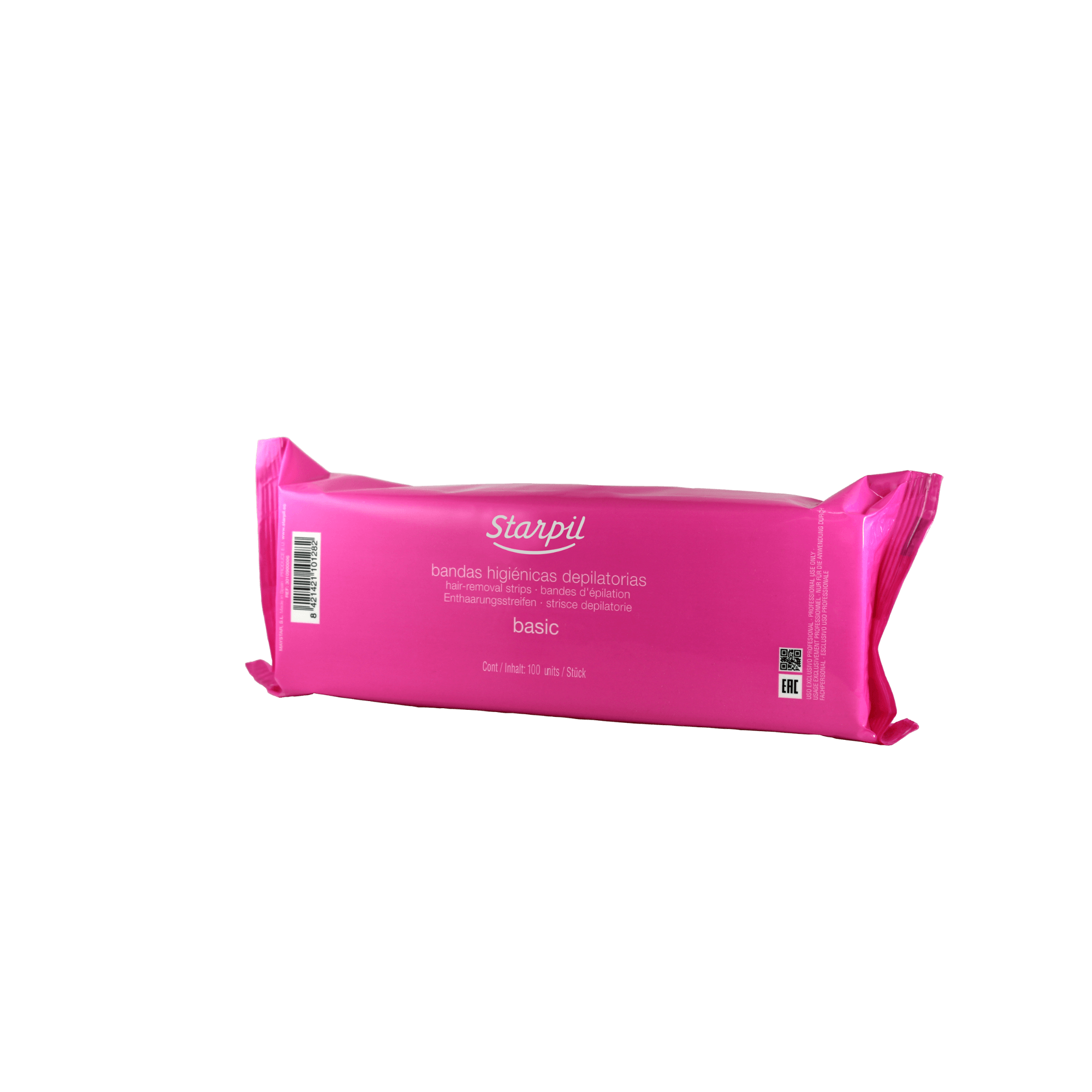
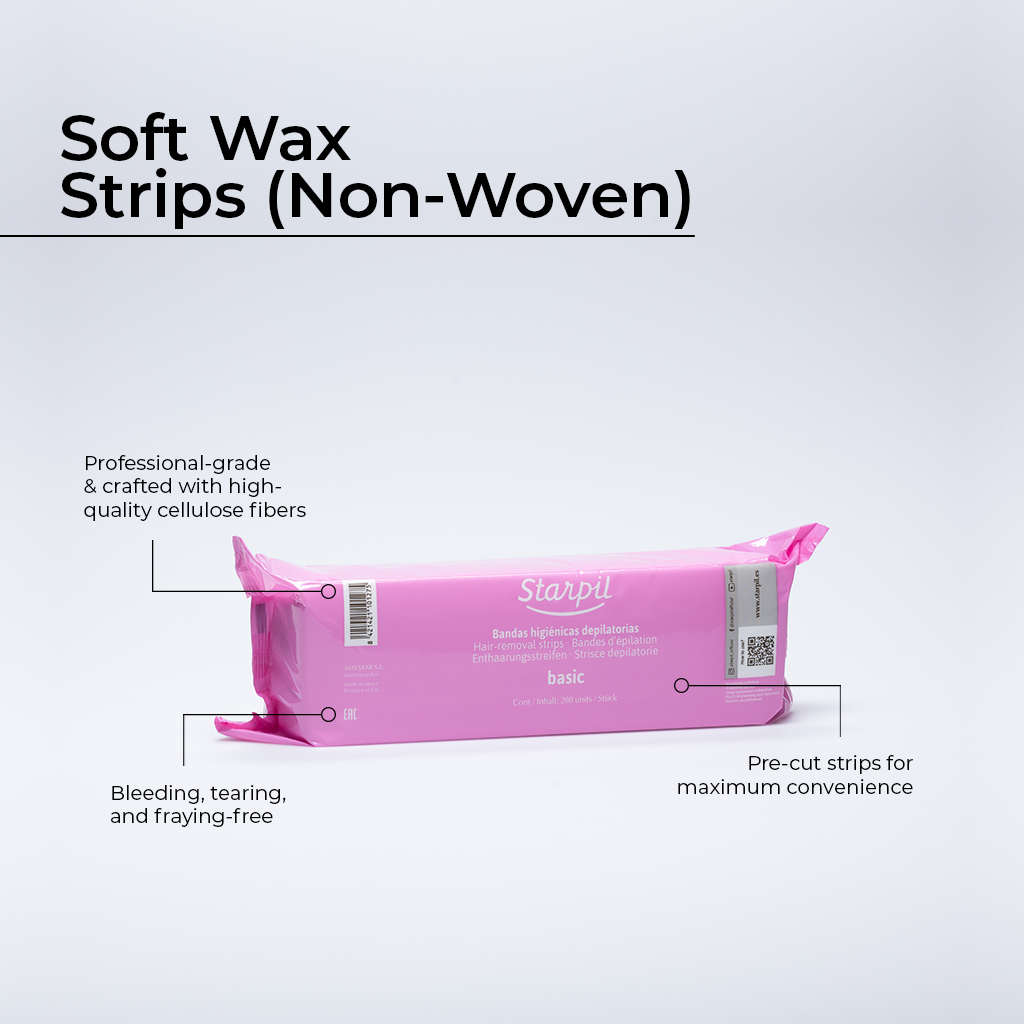
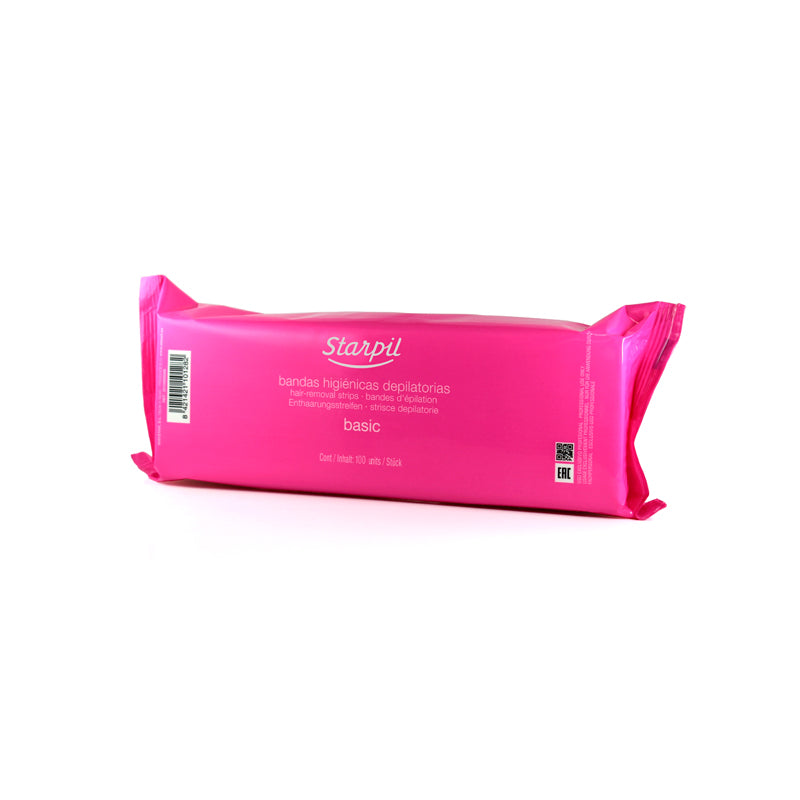
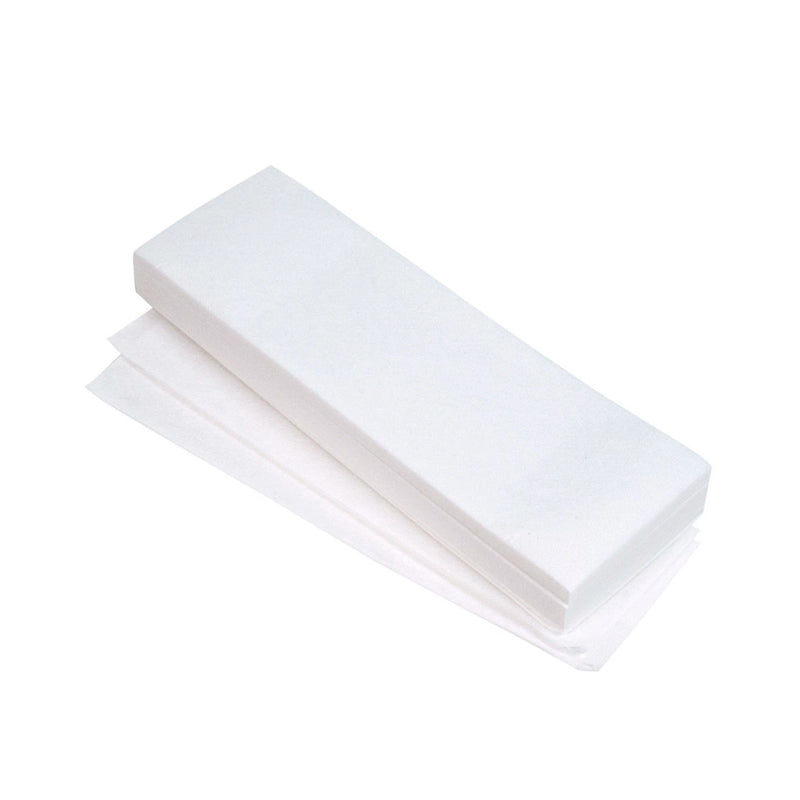


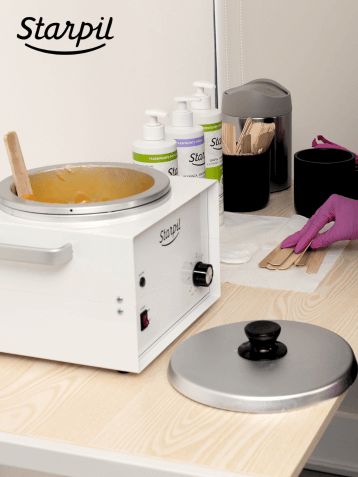
Comments